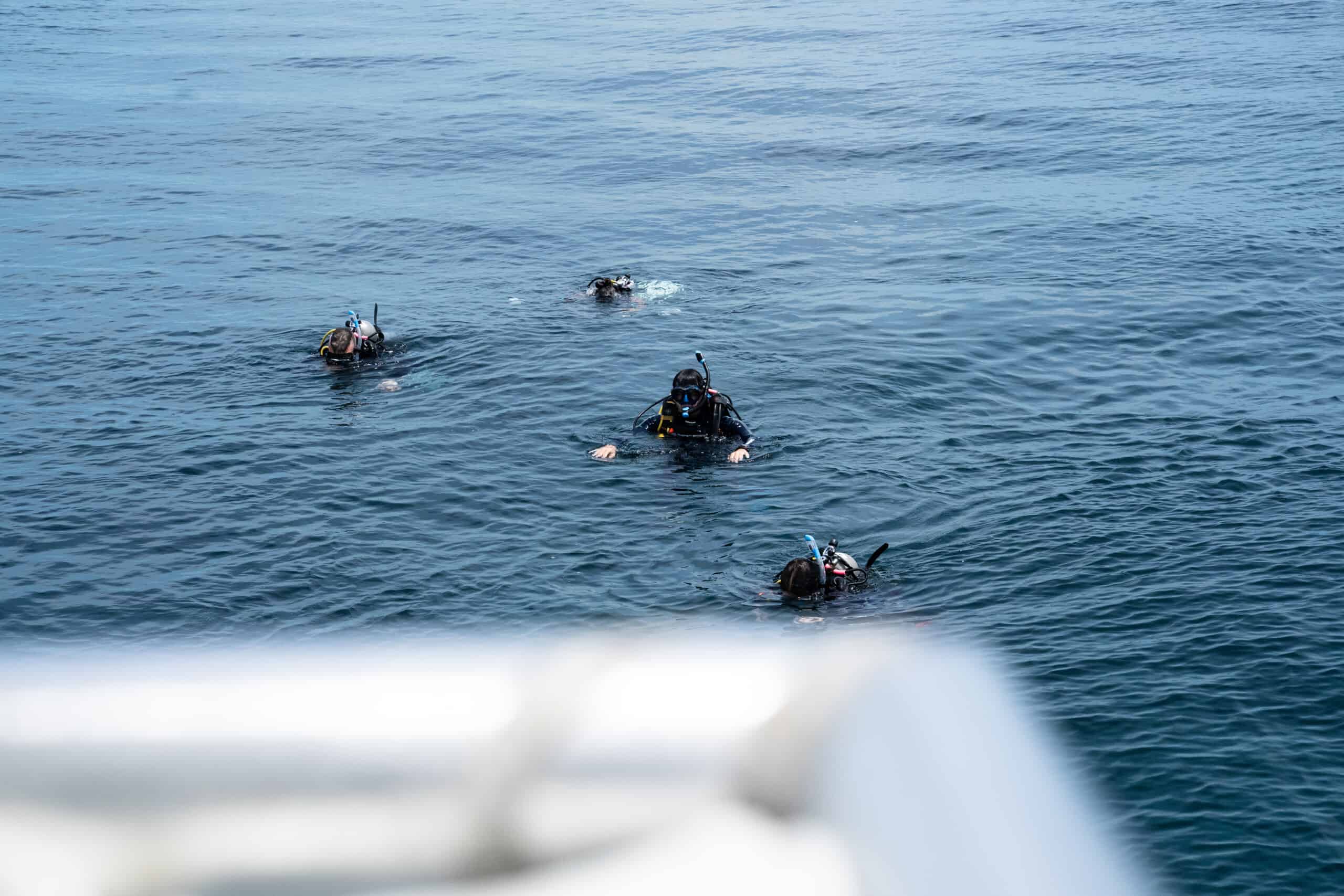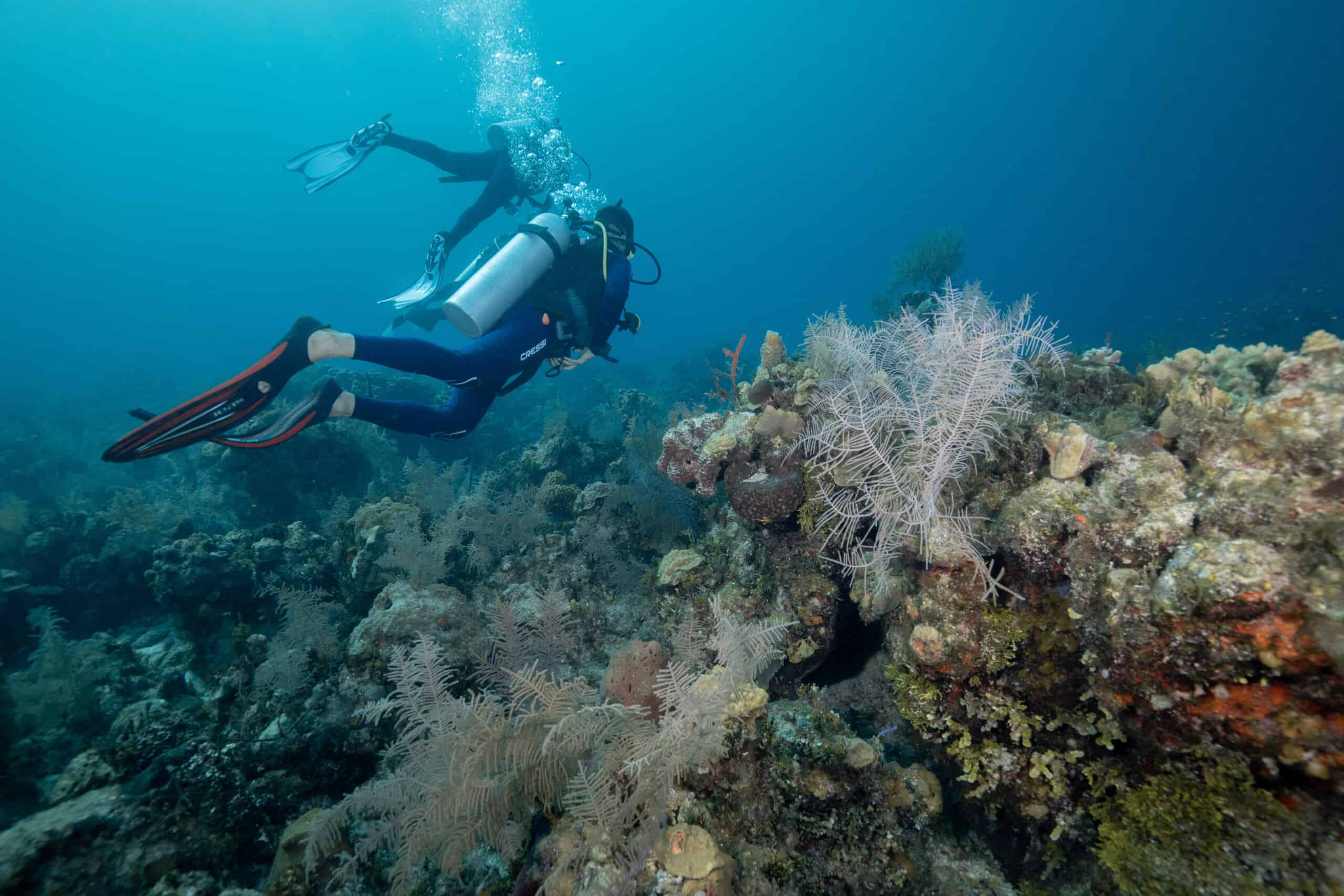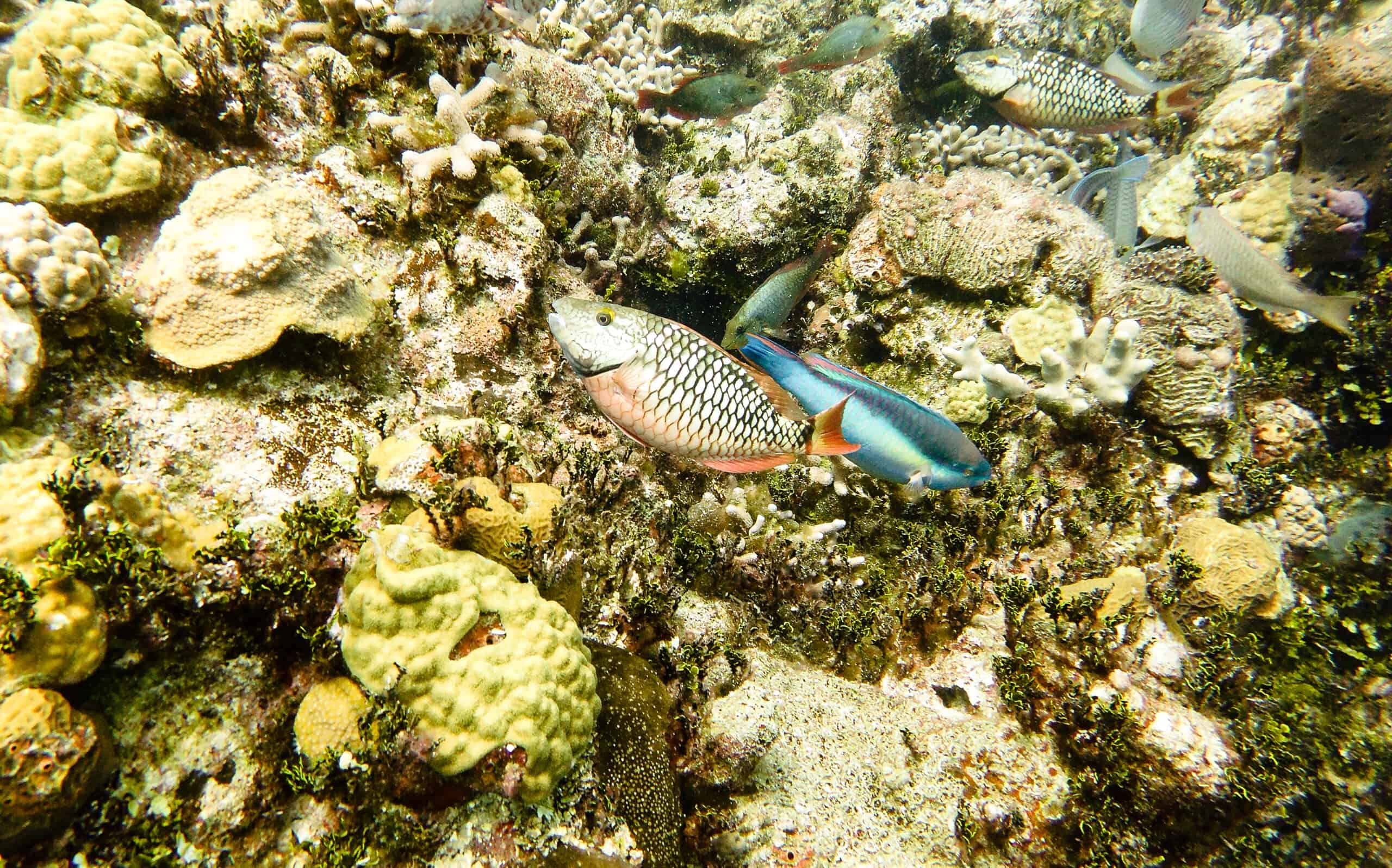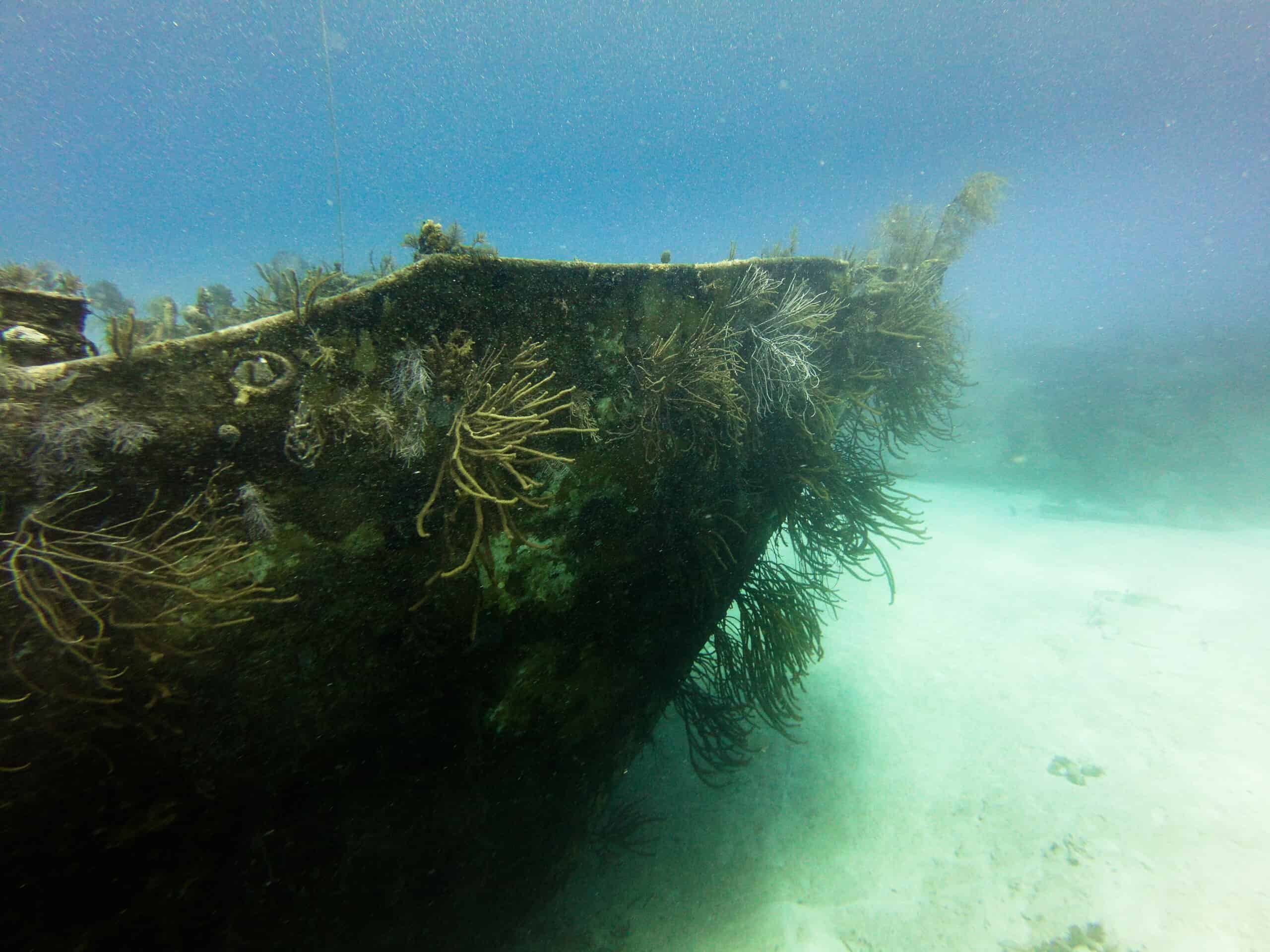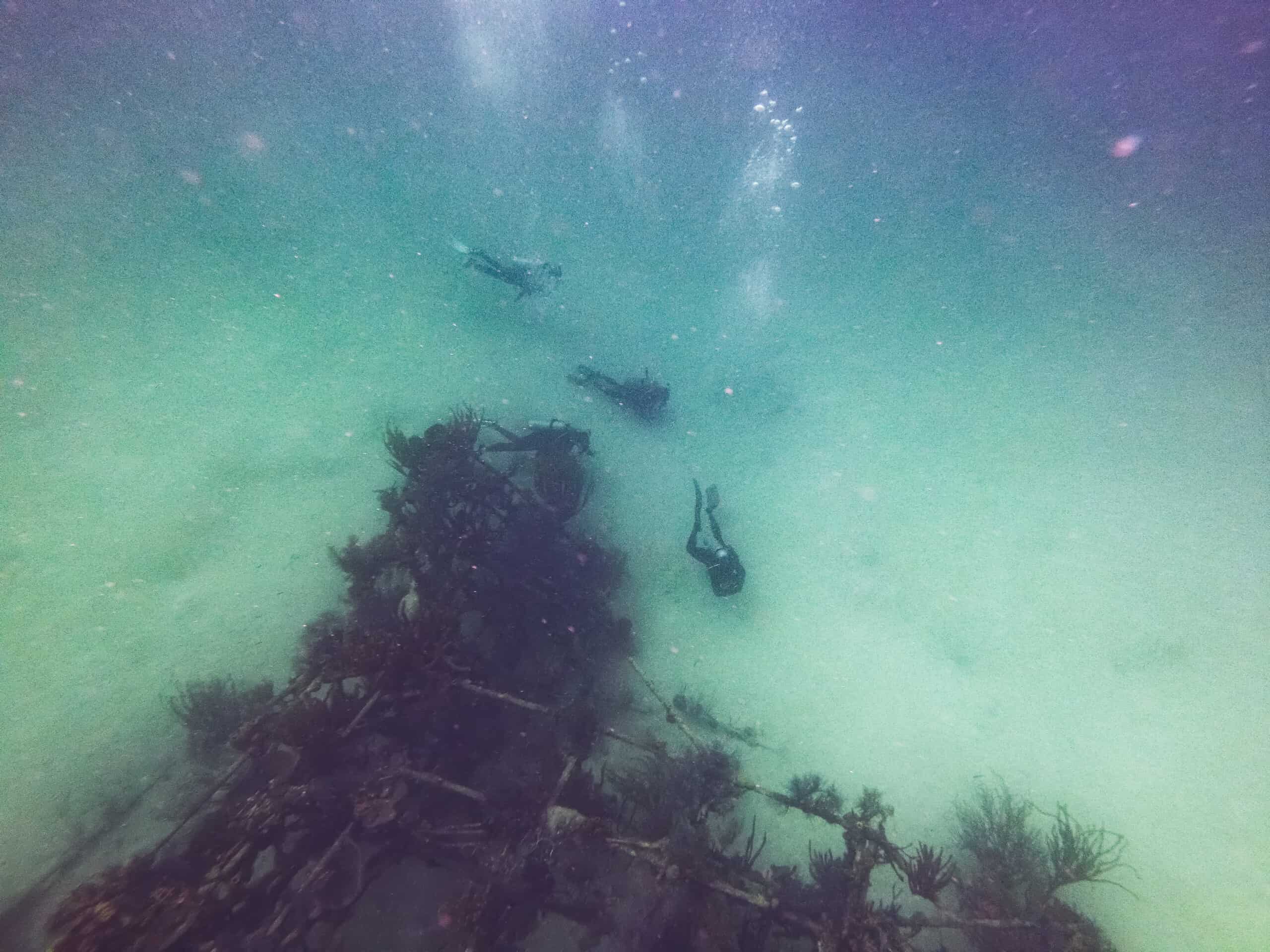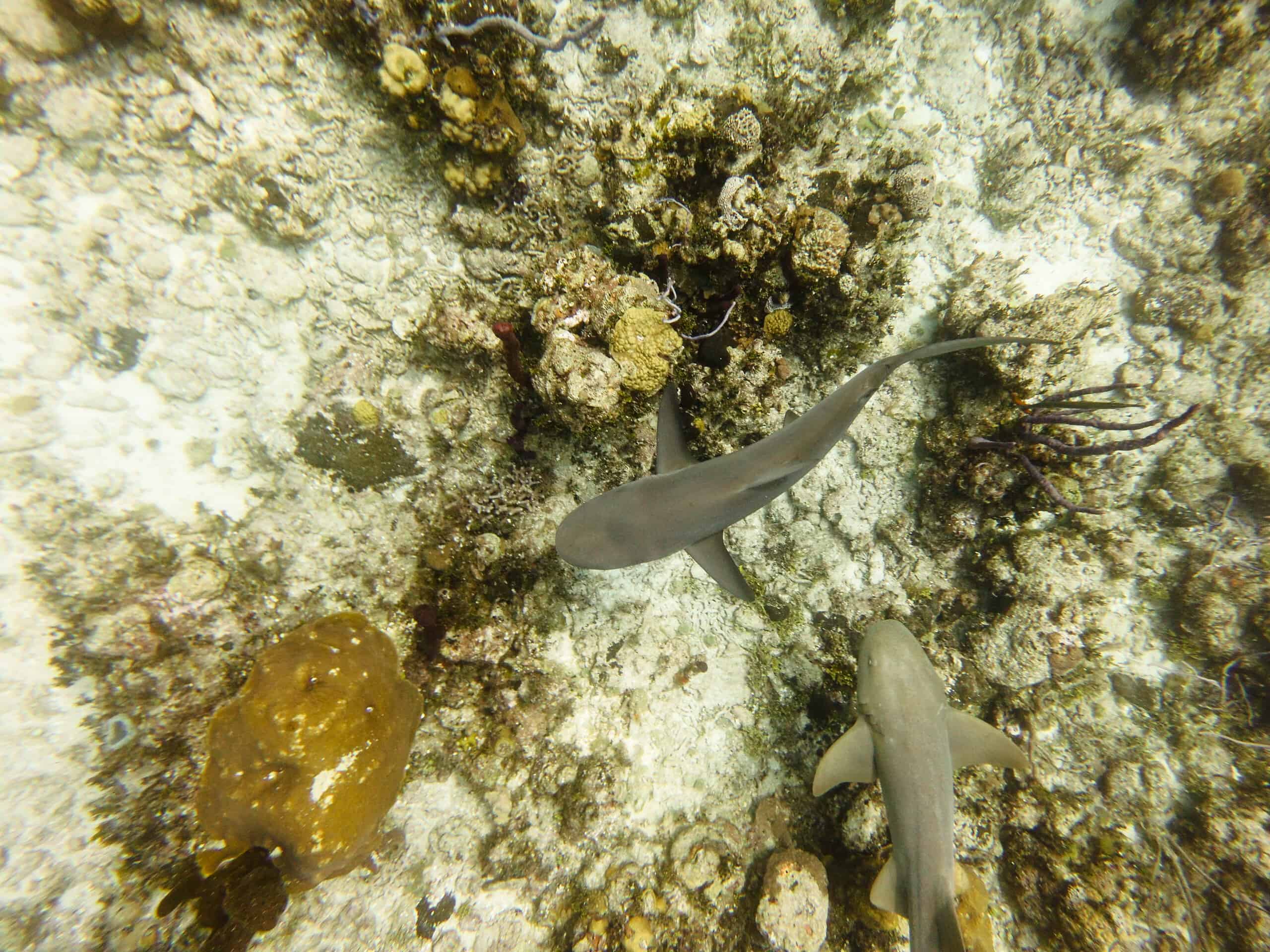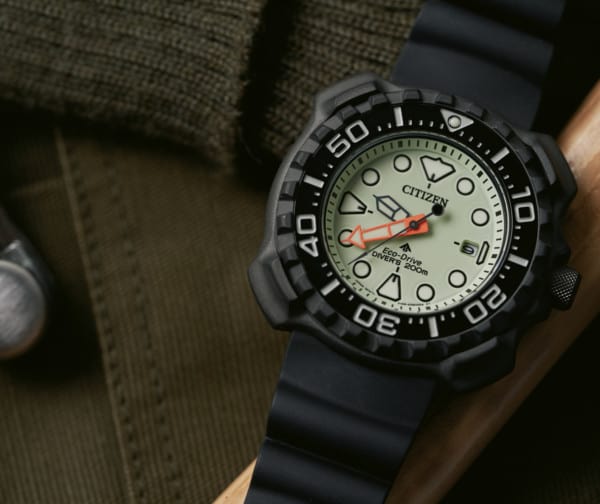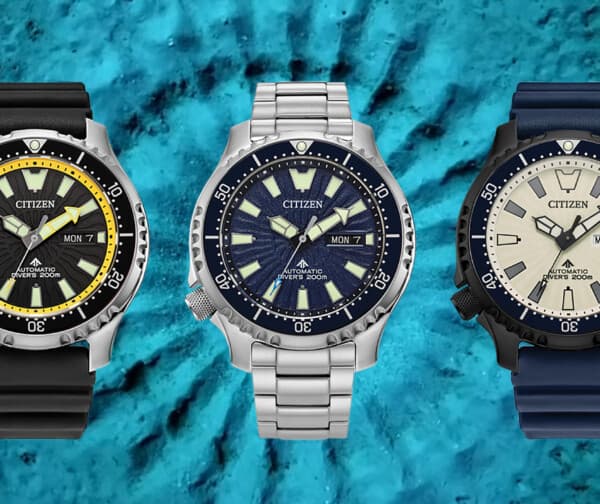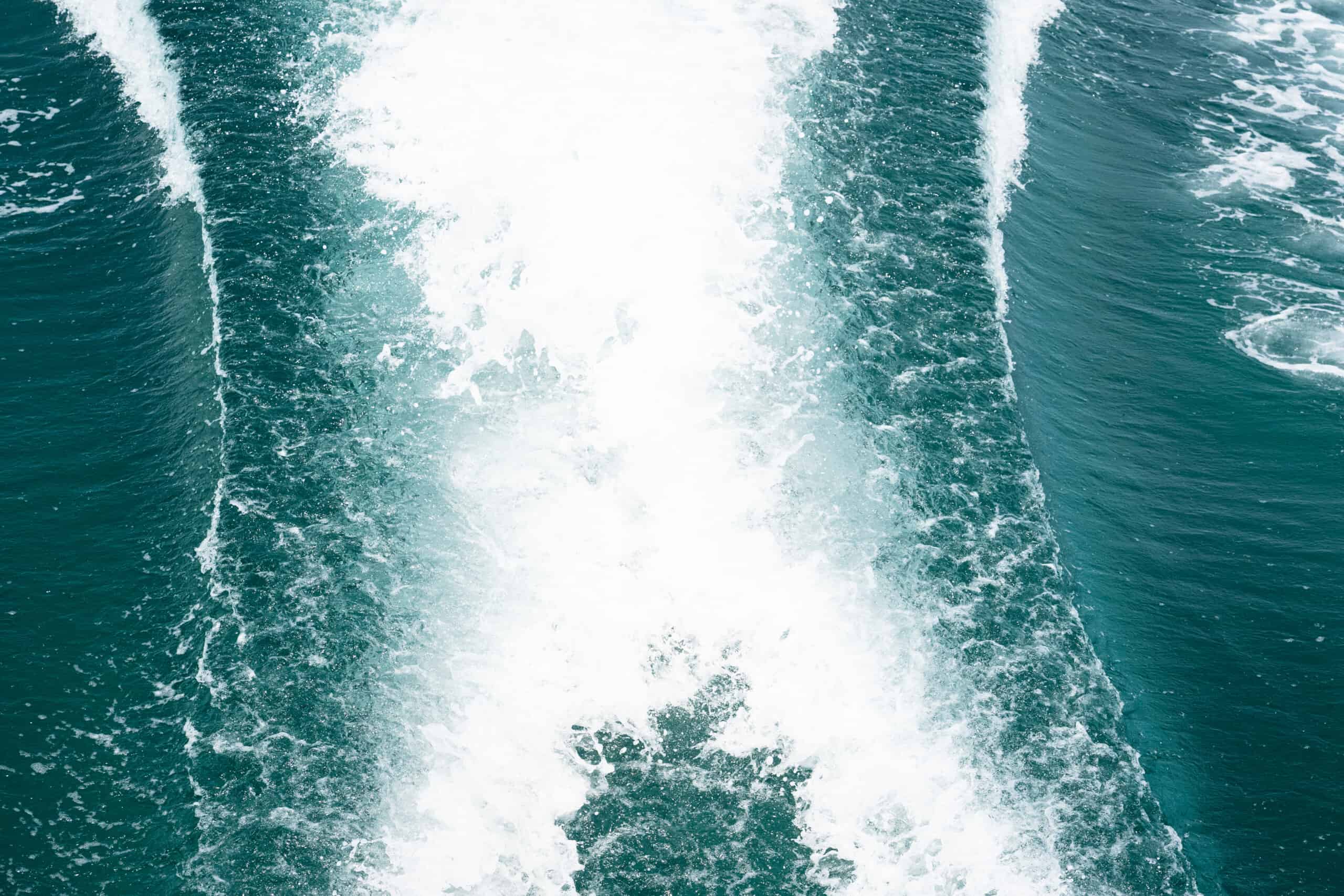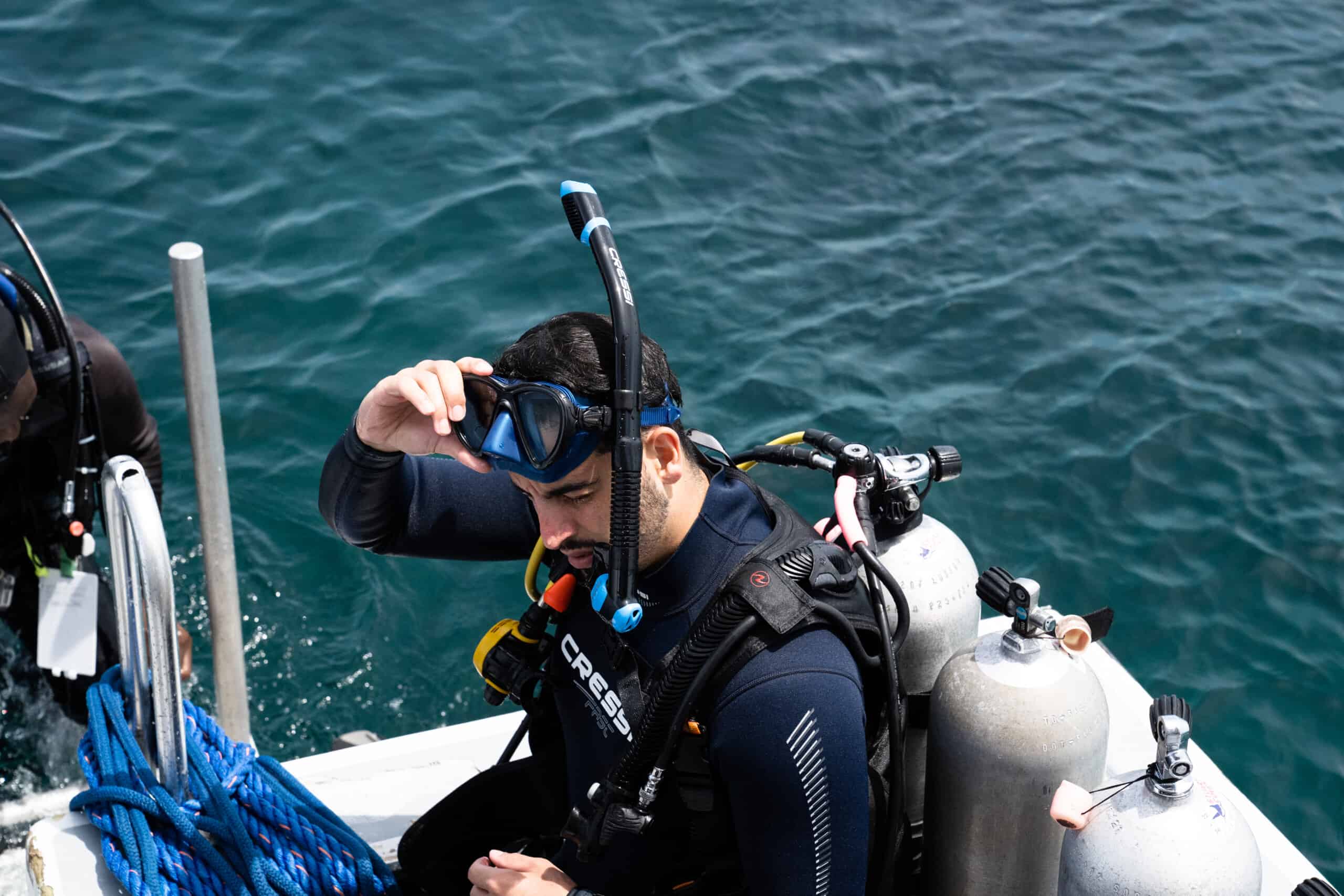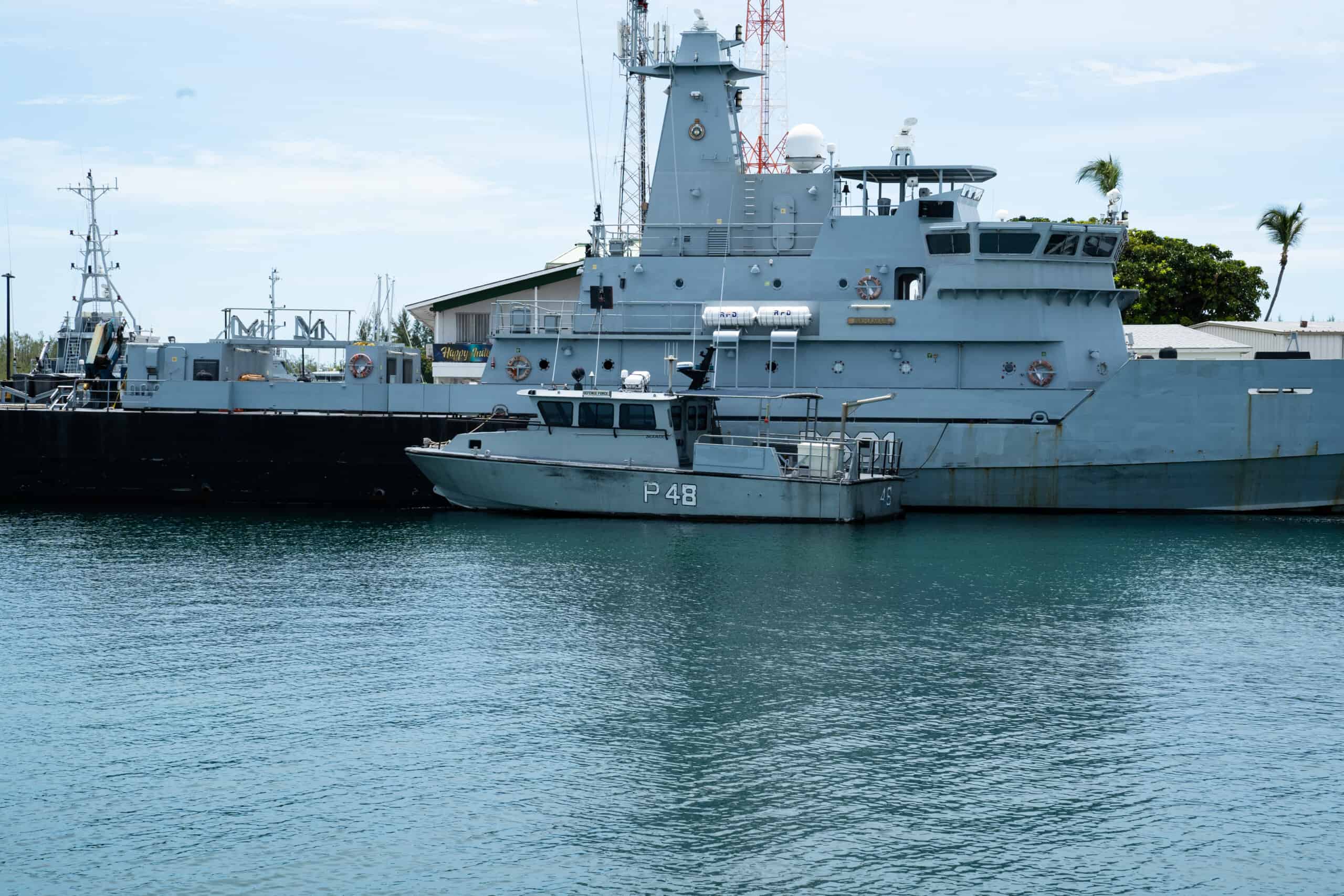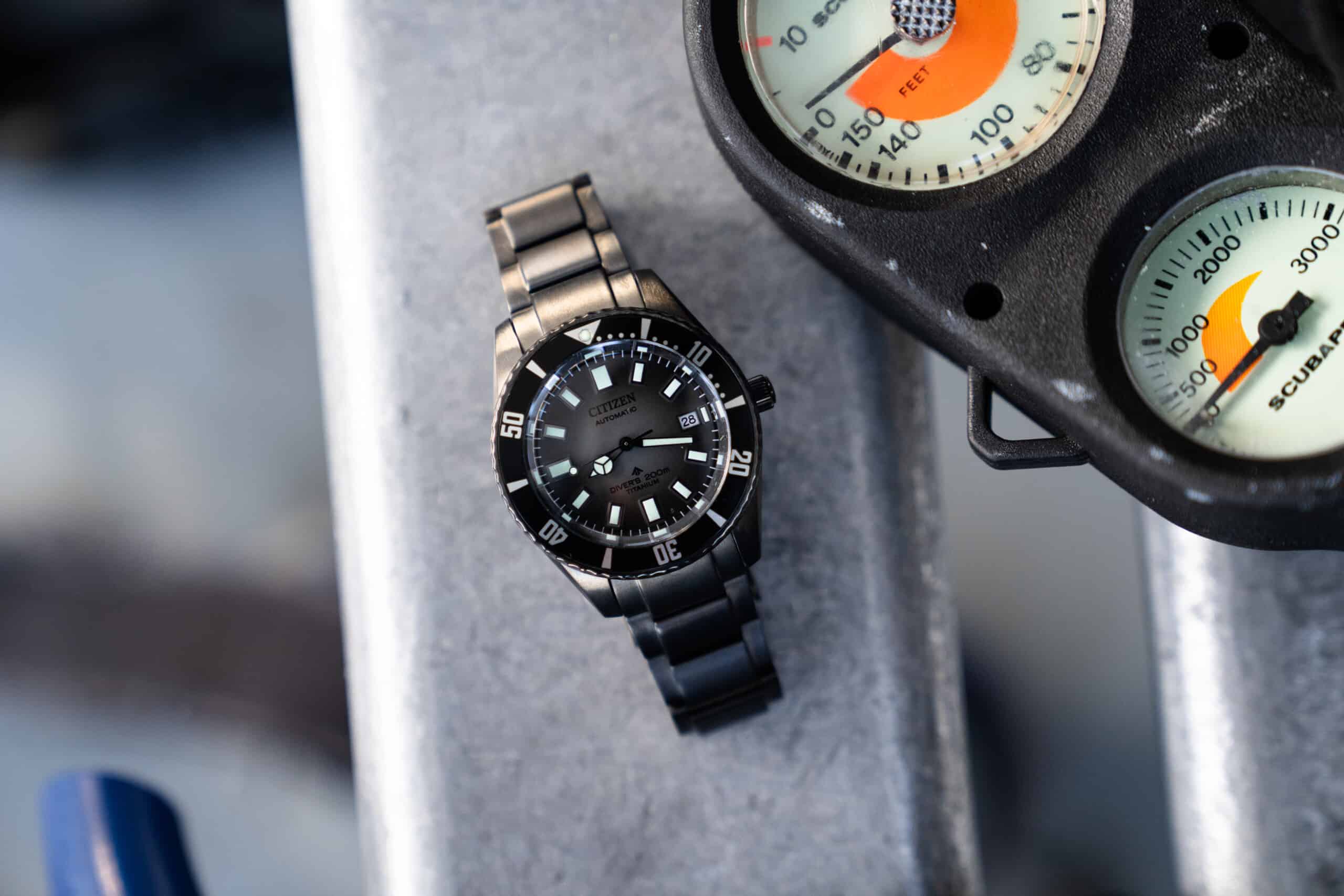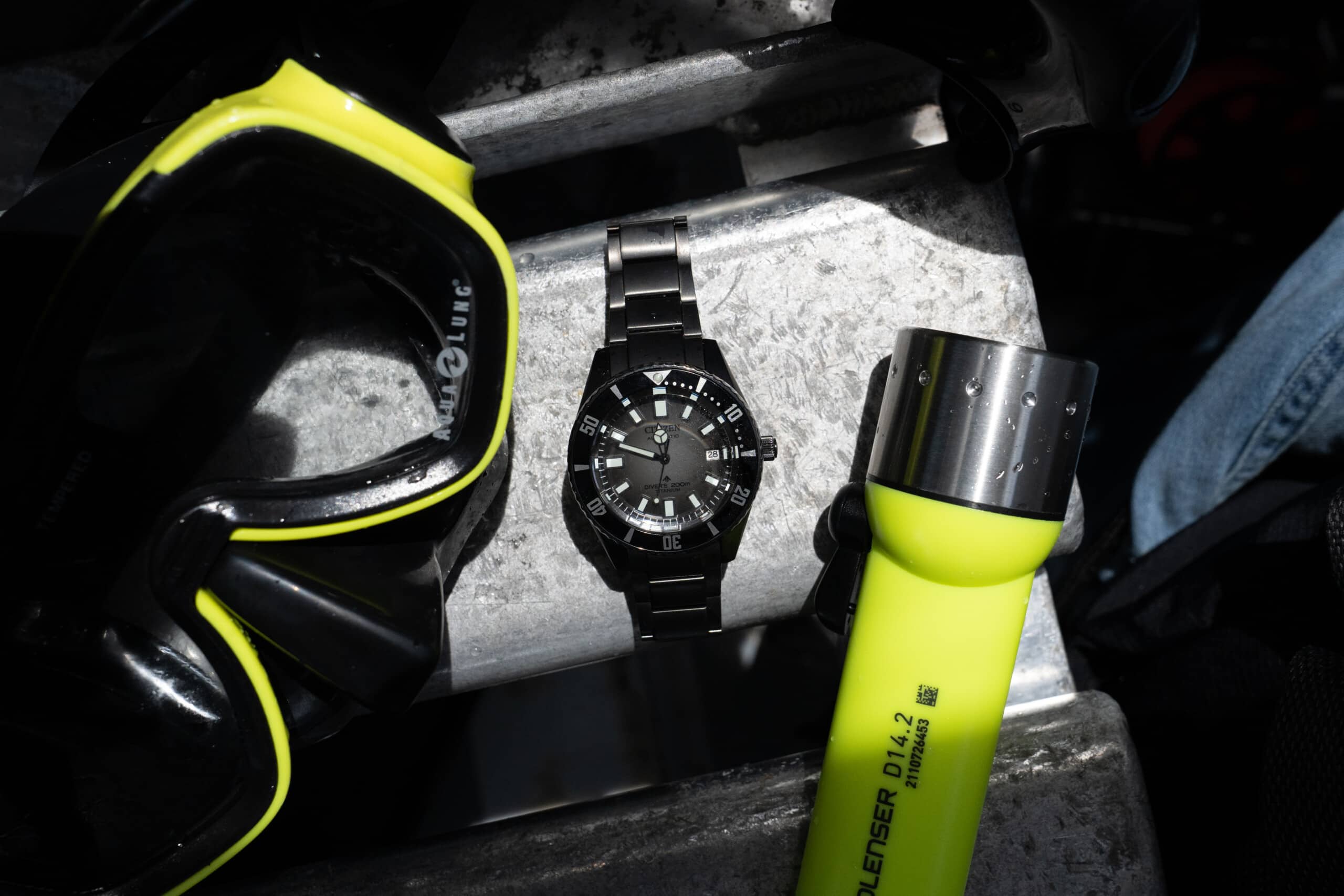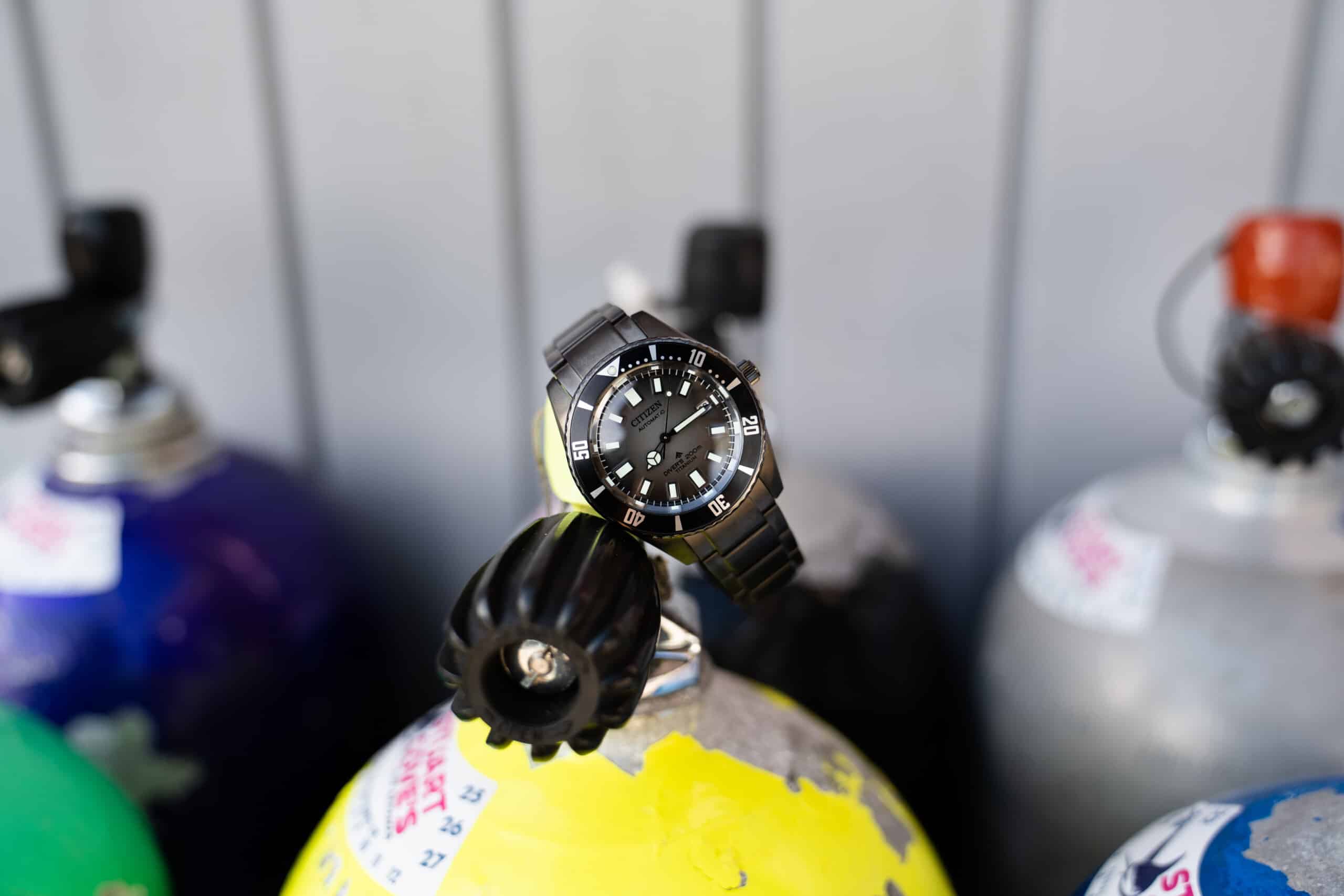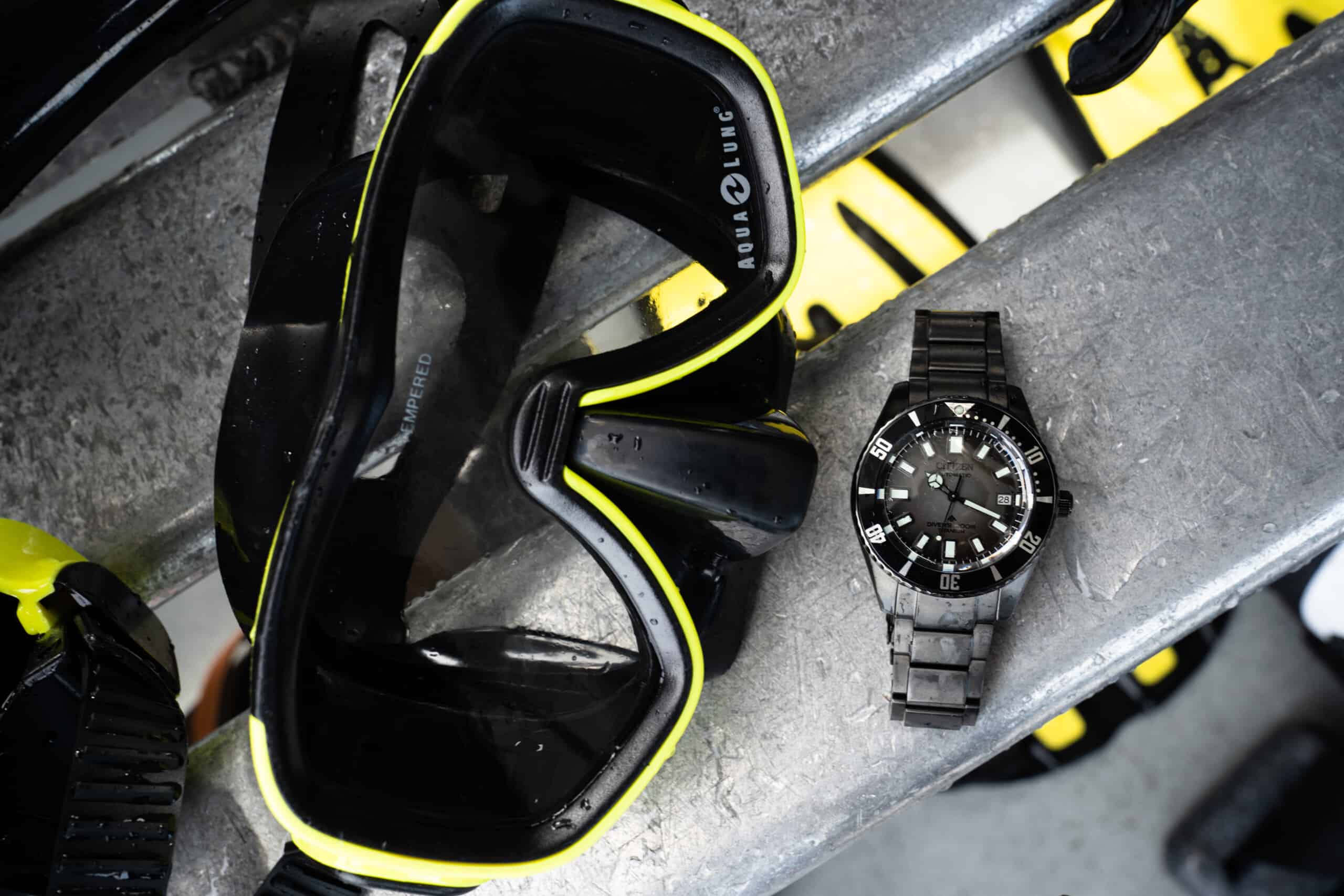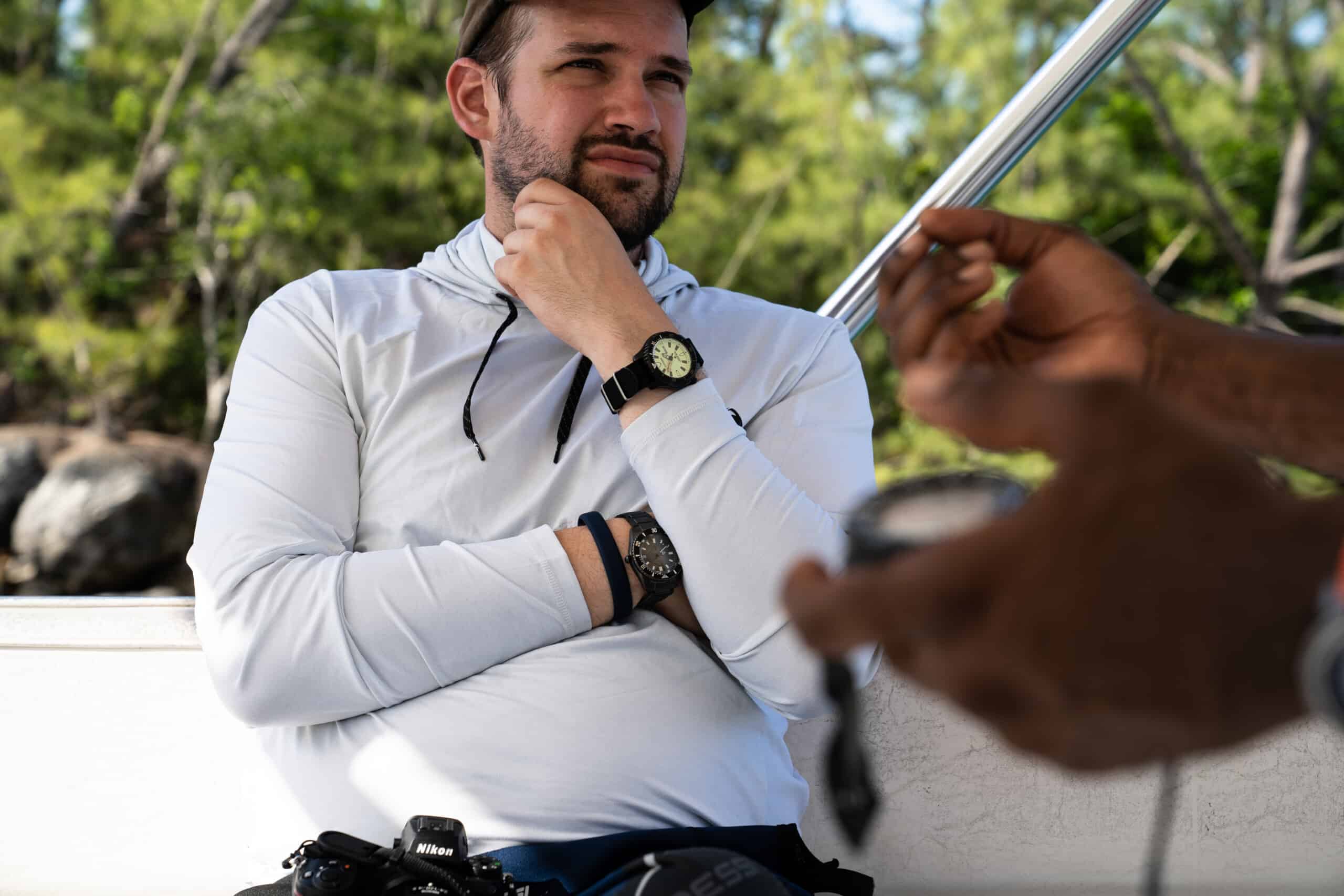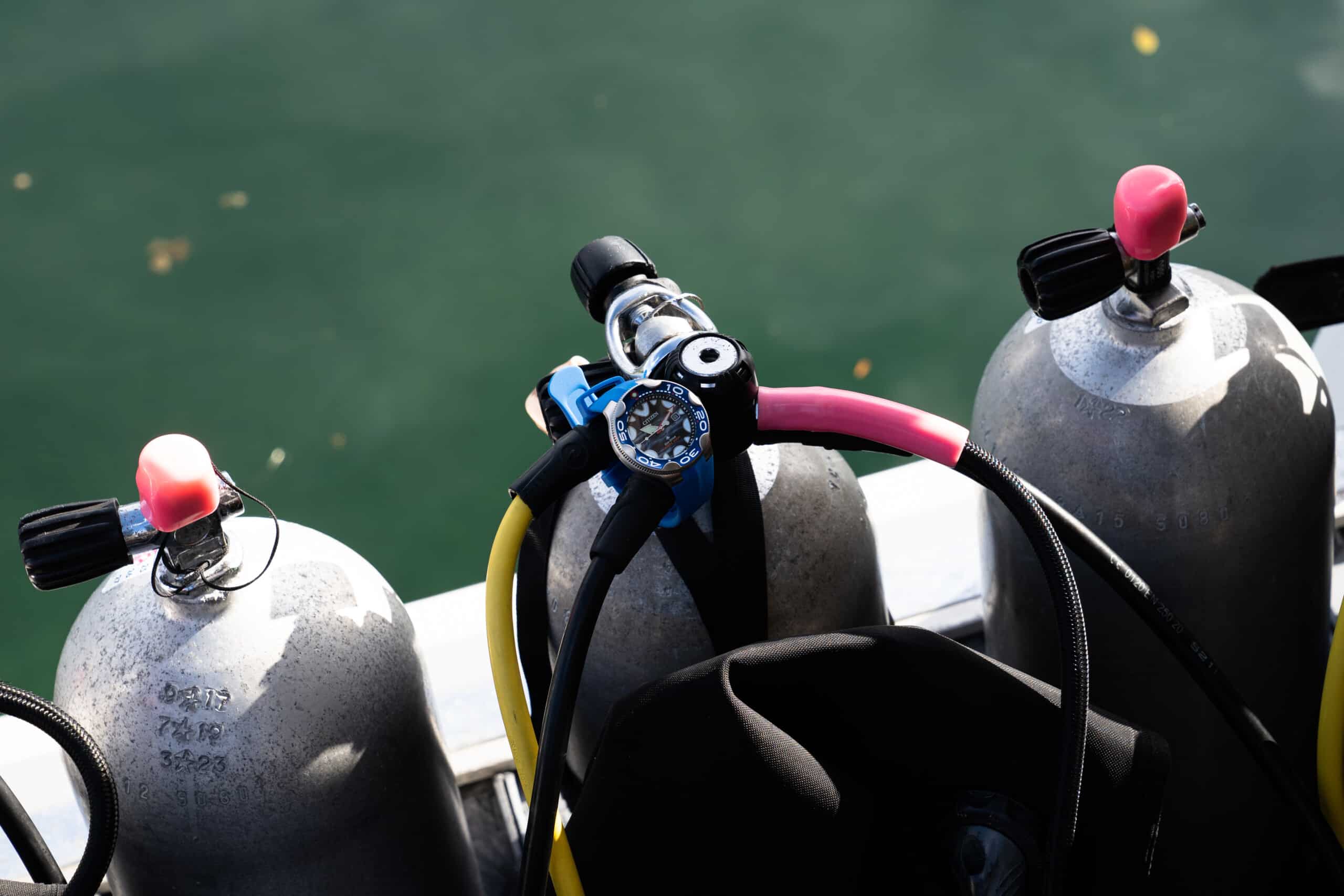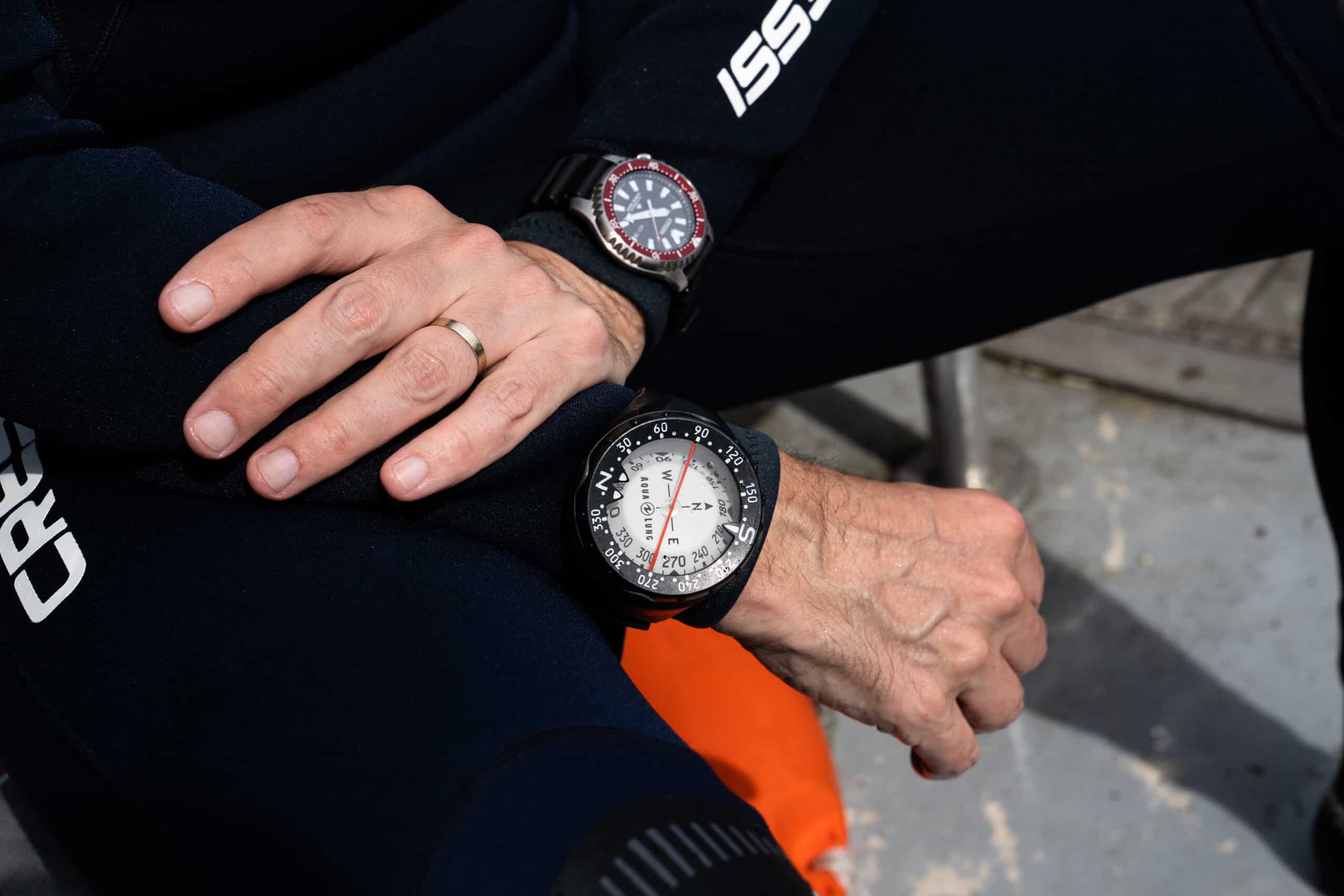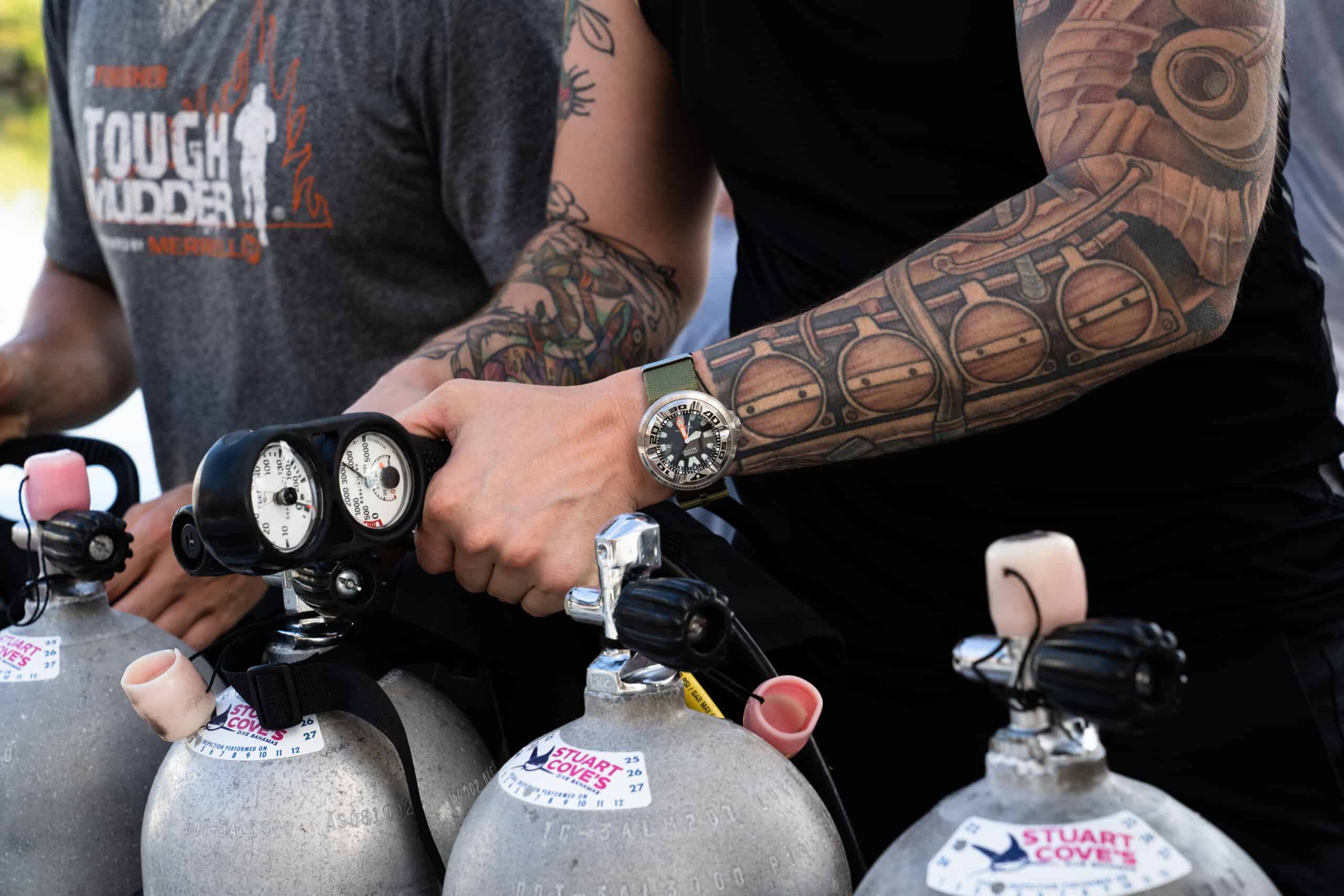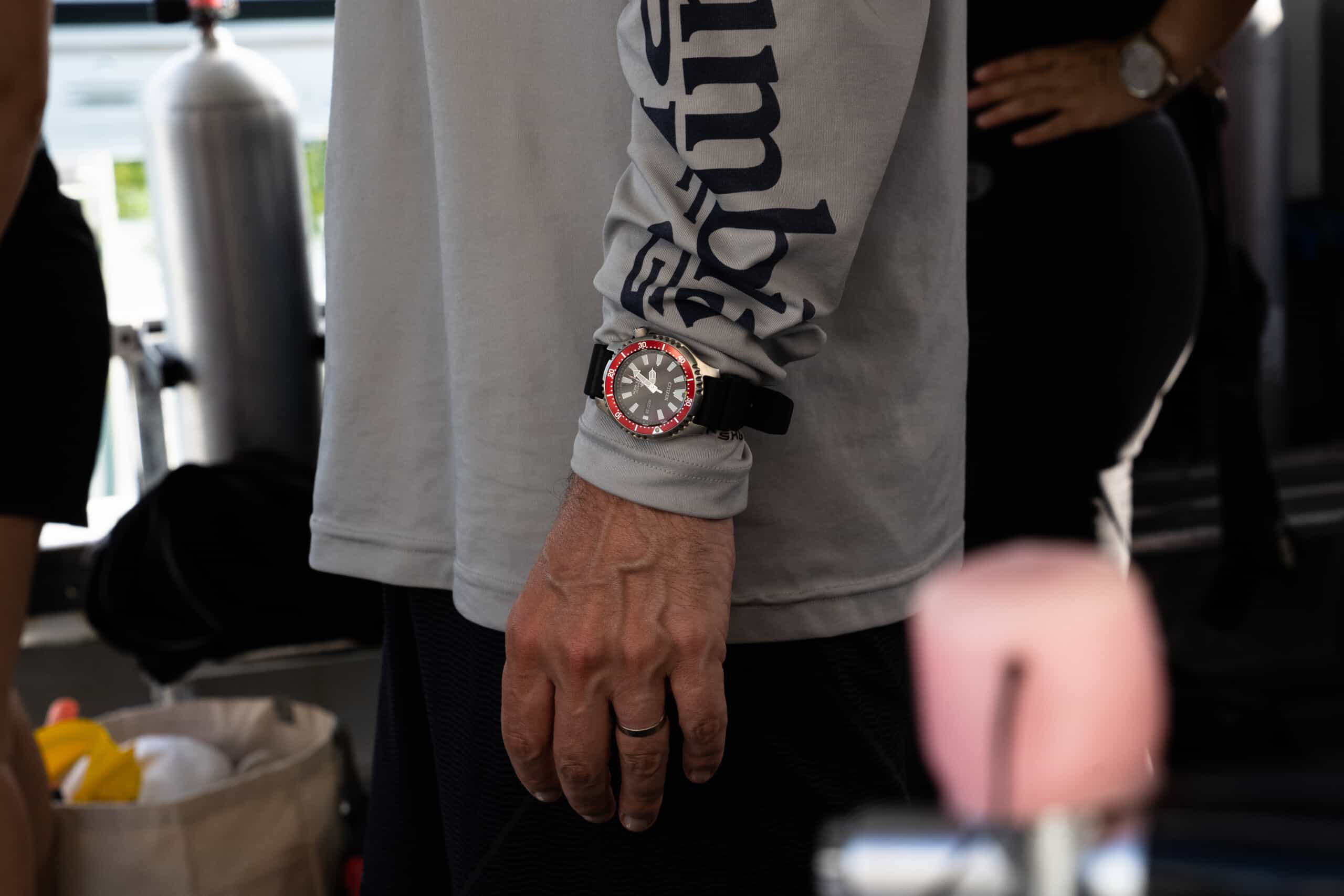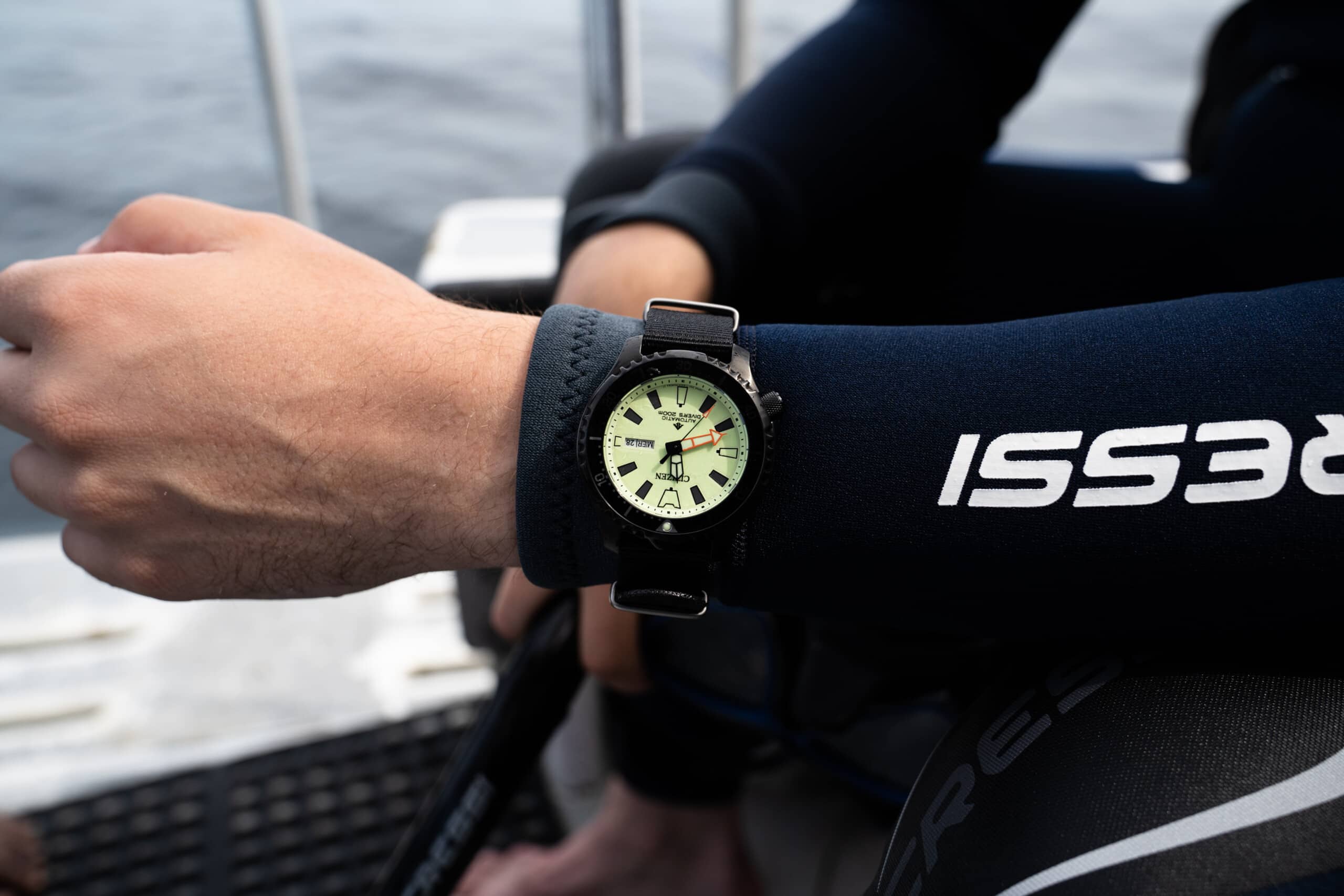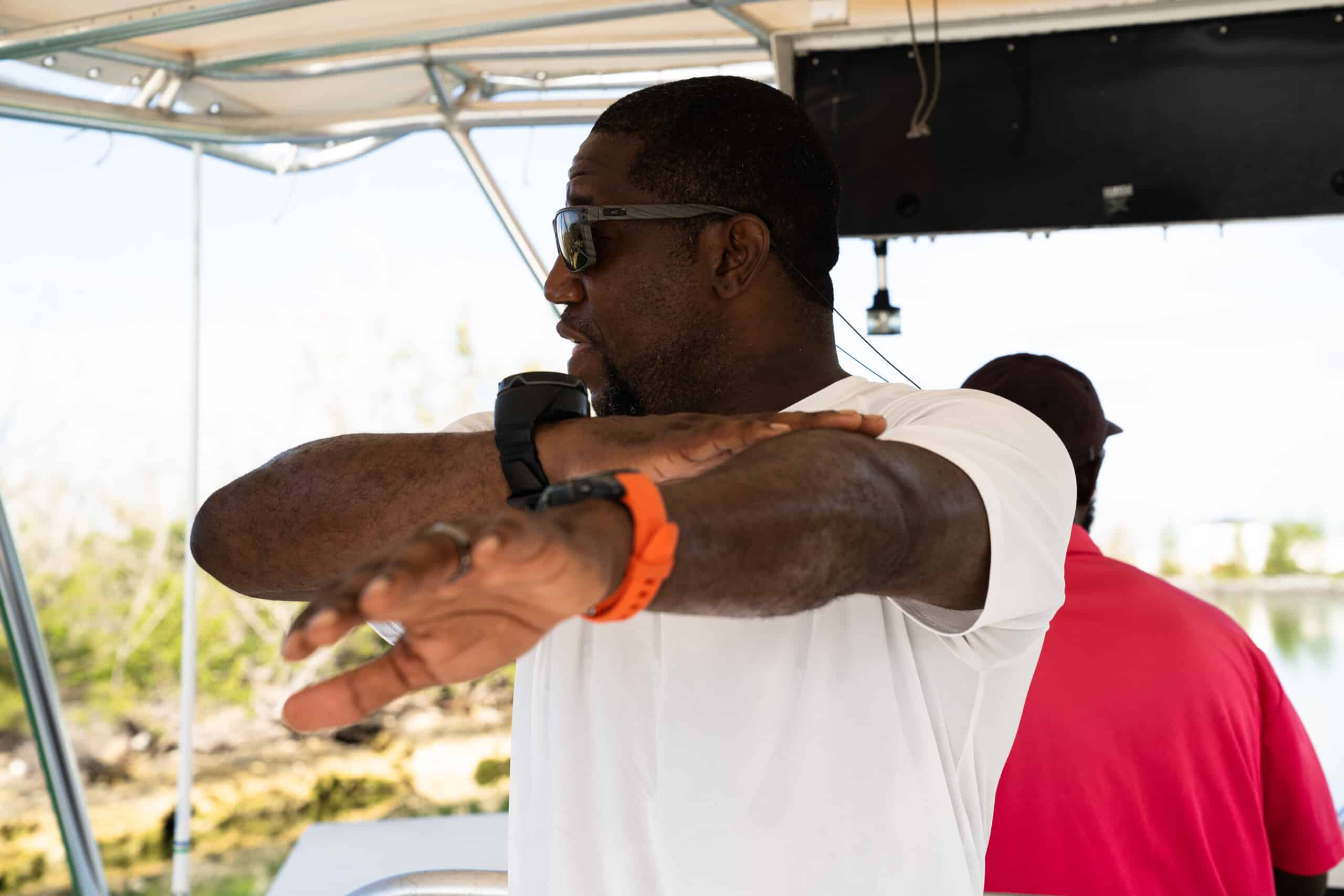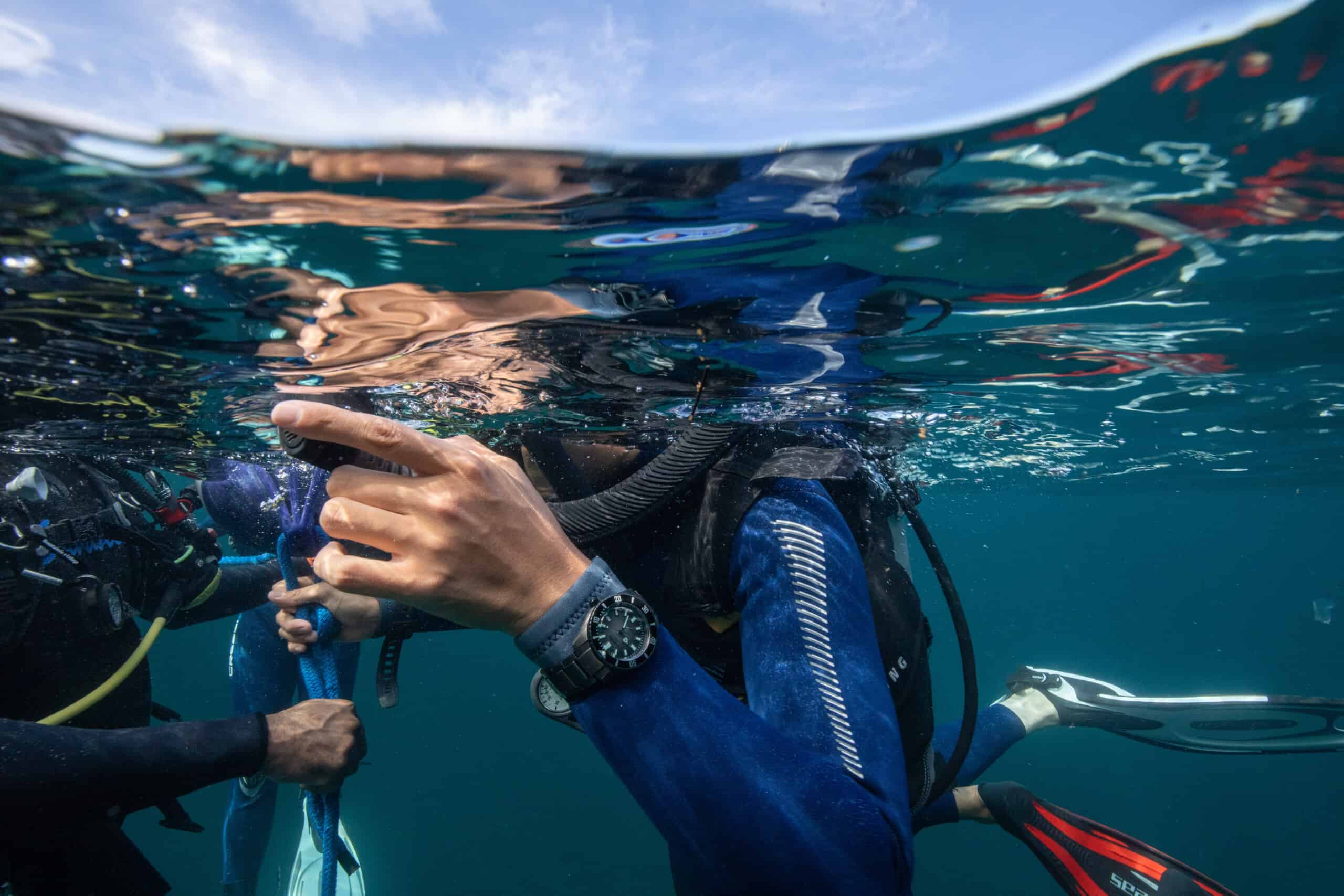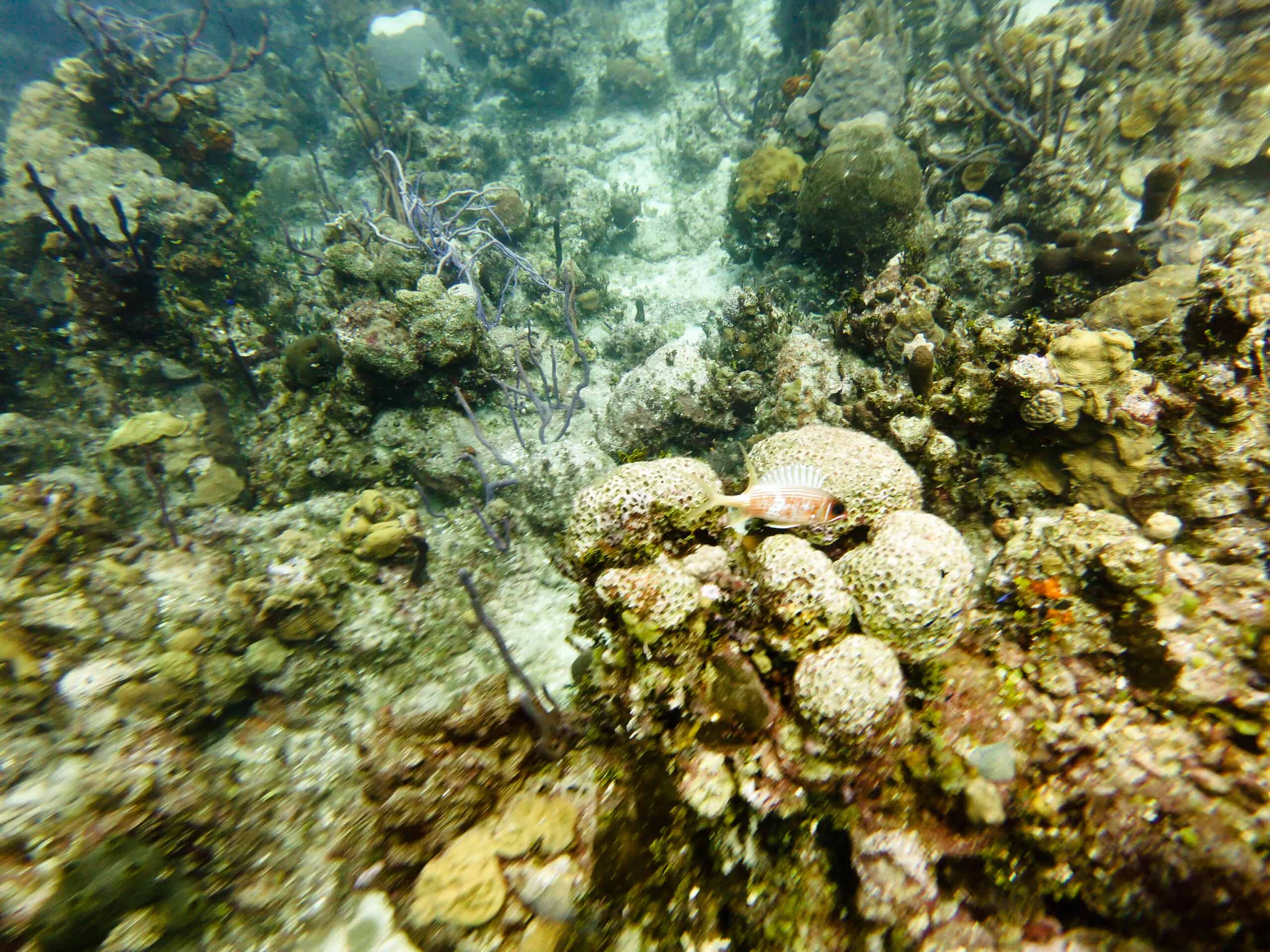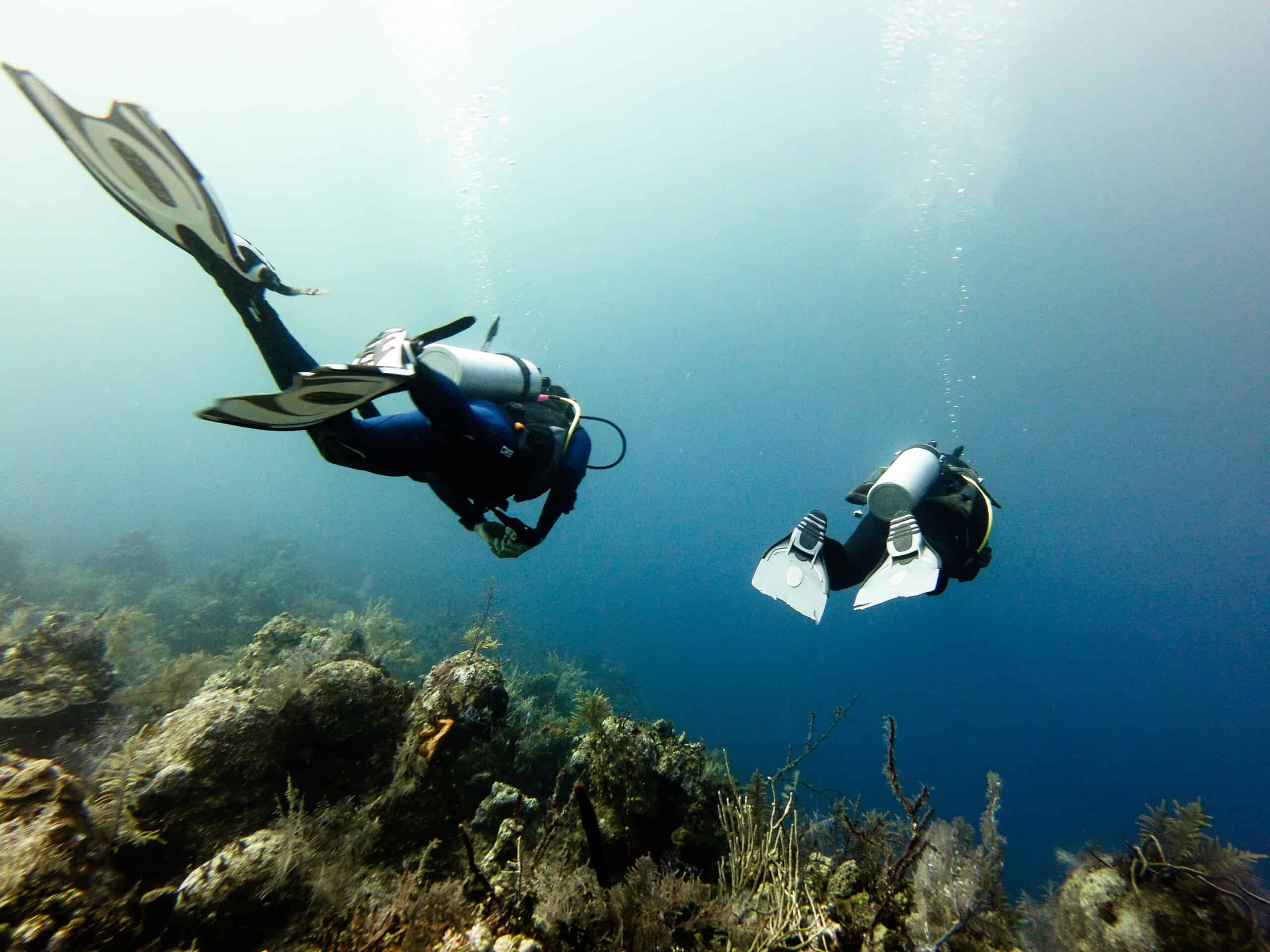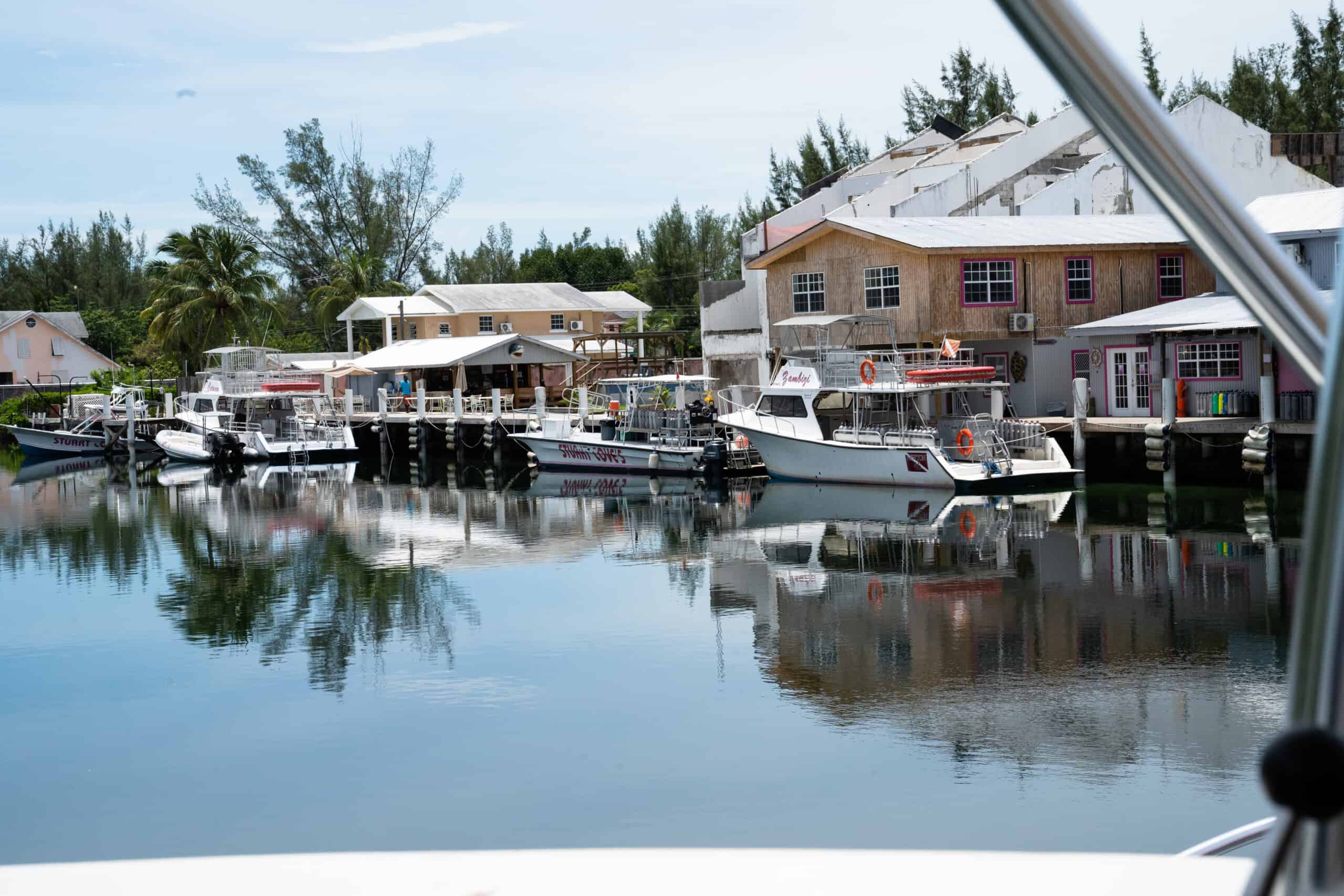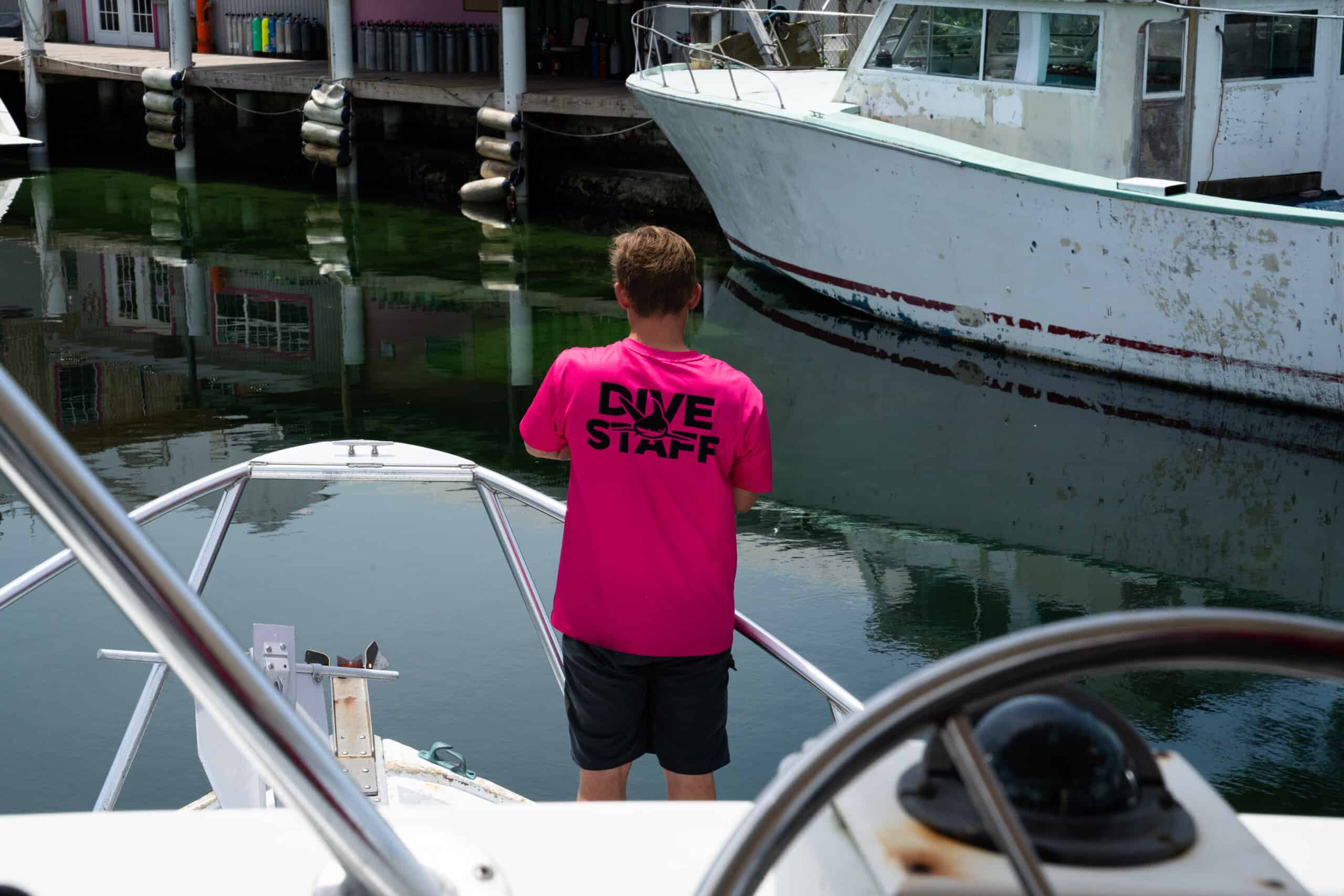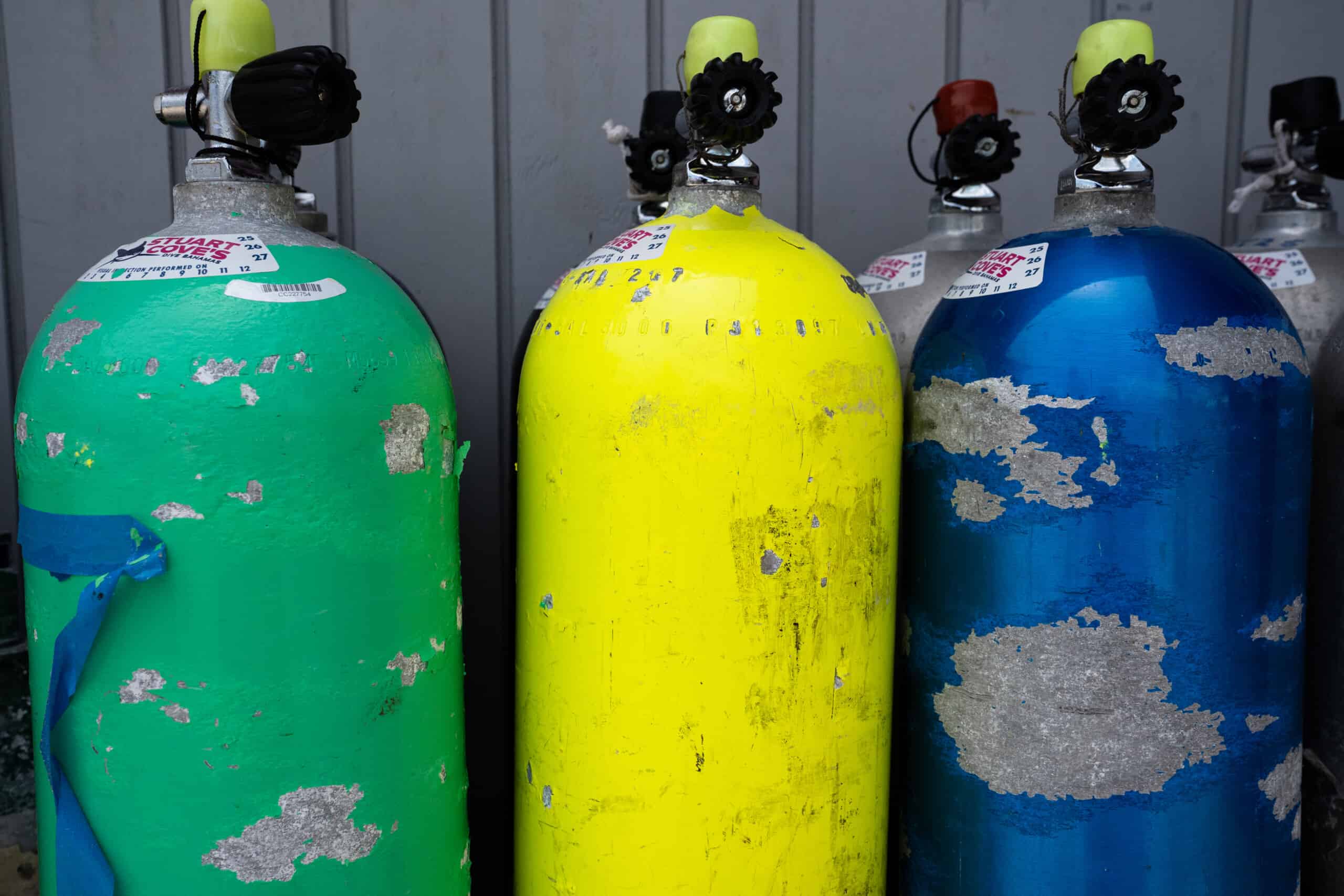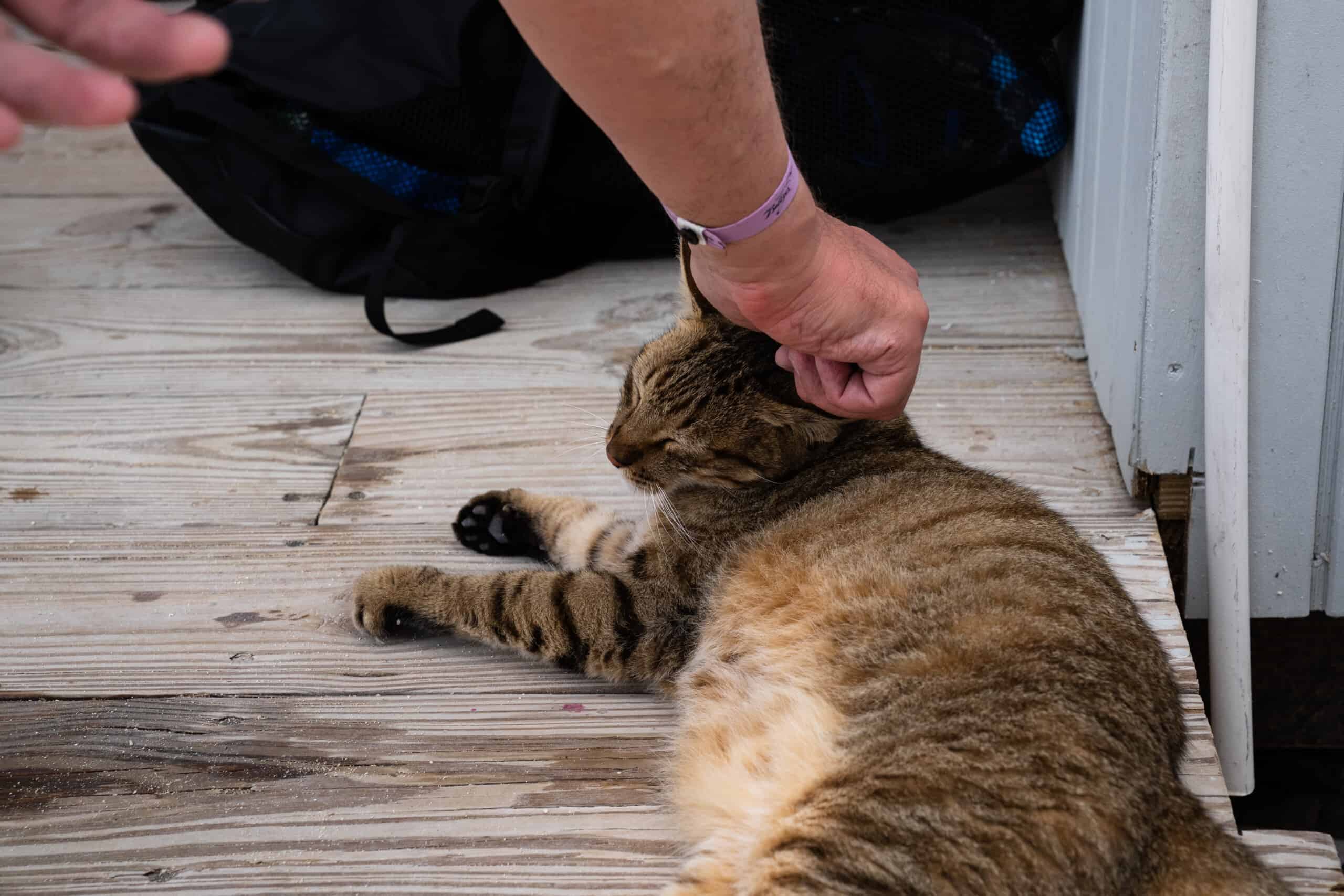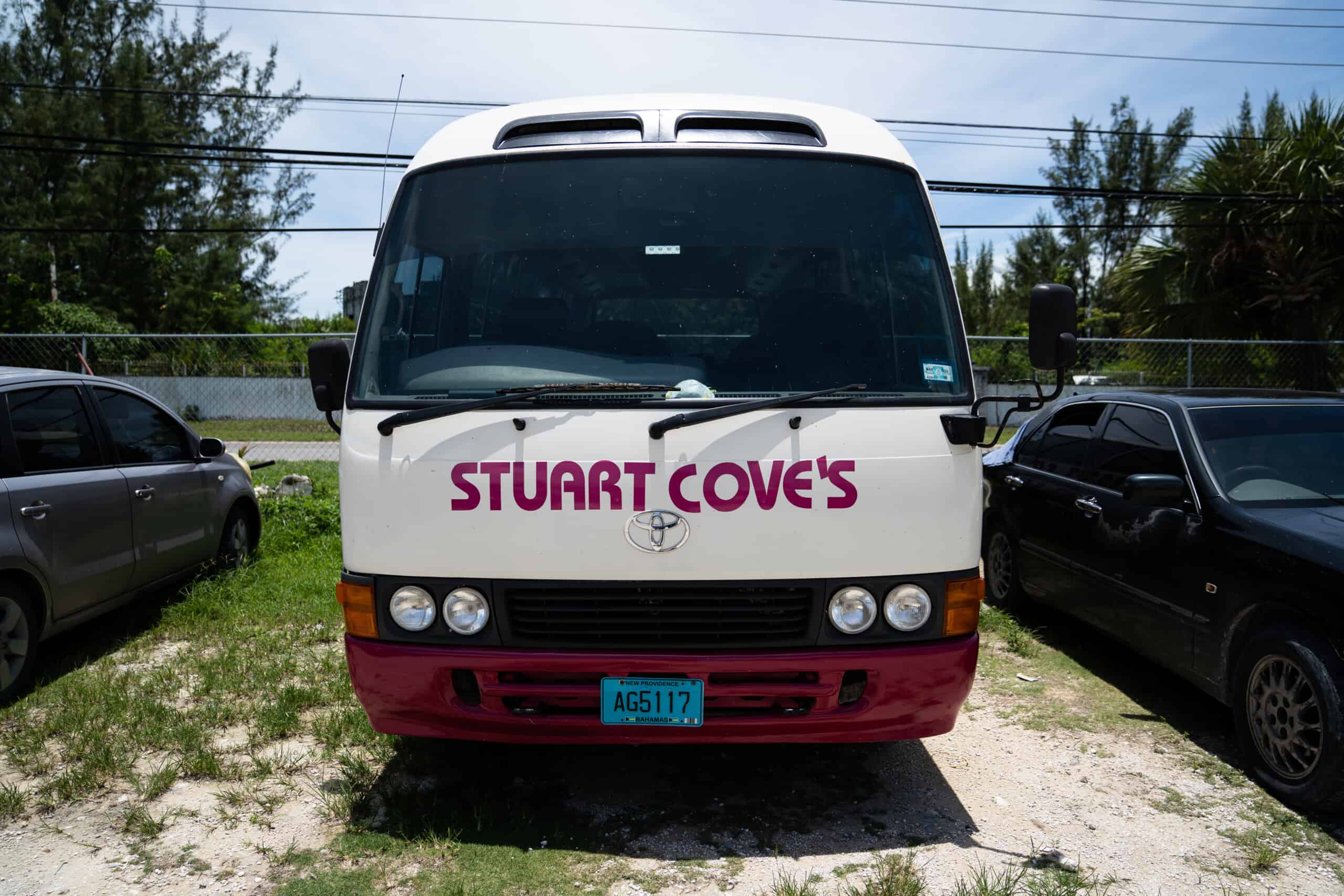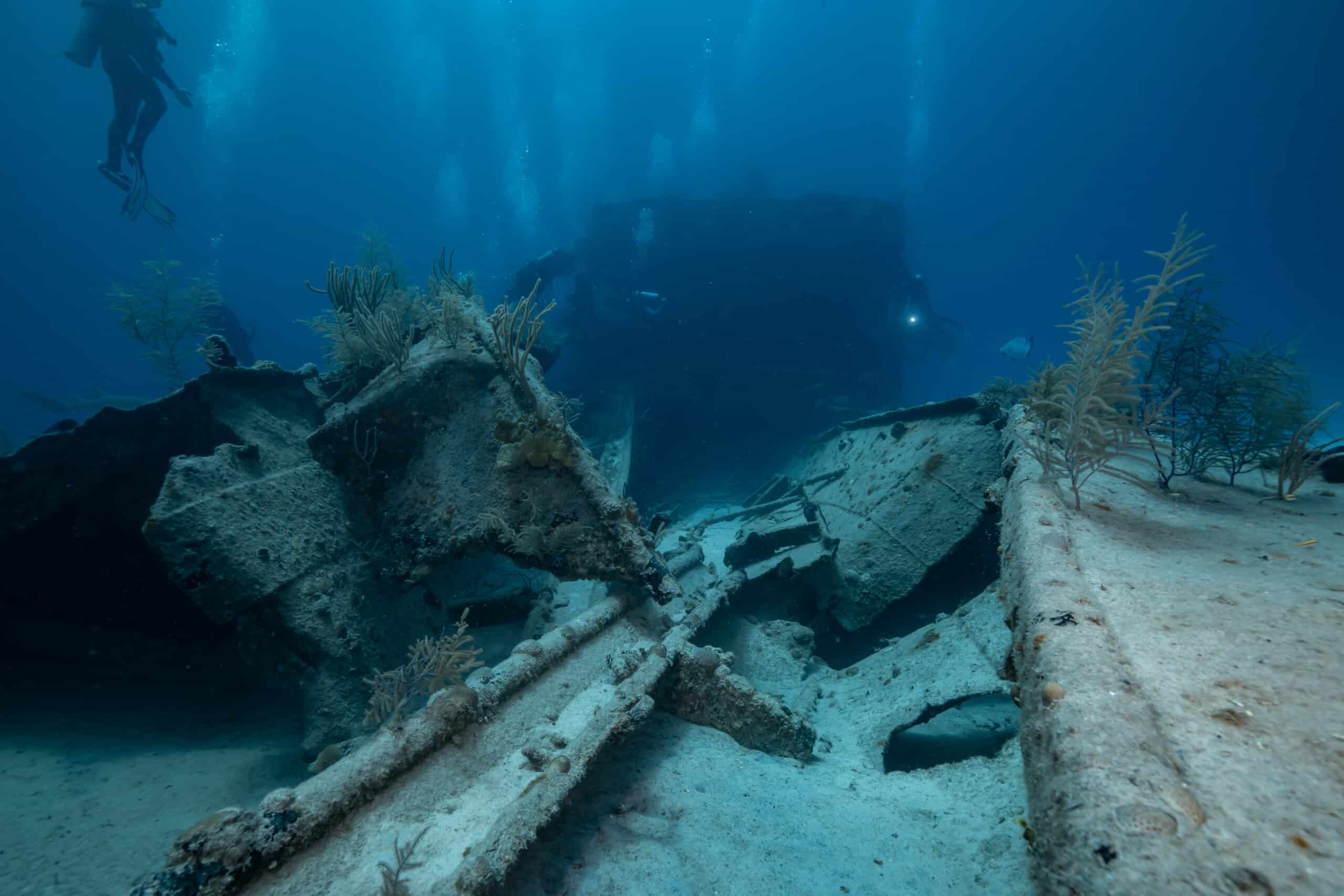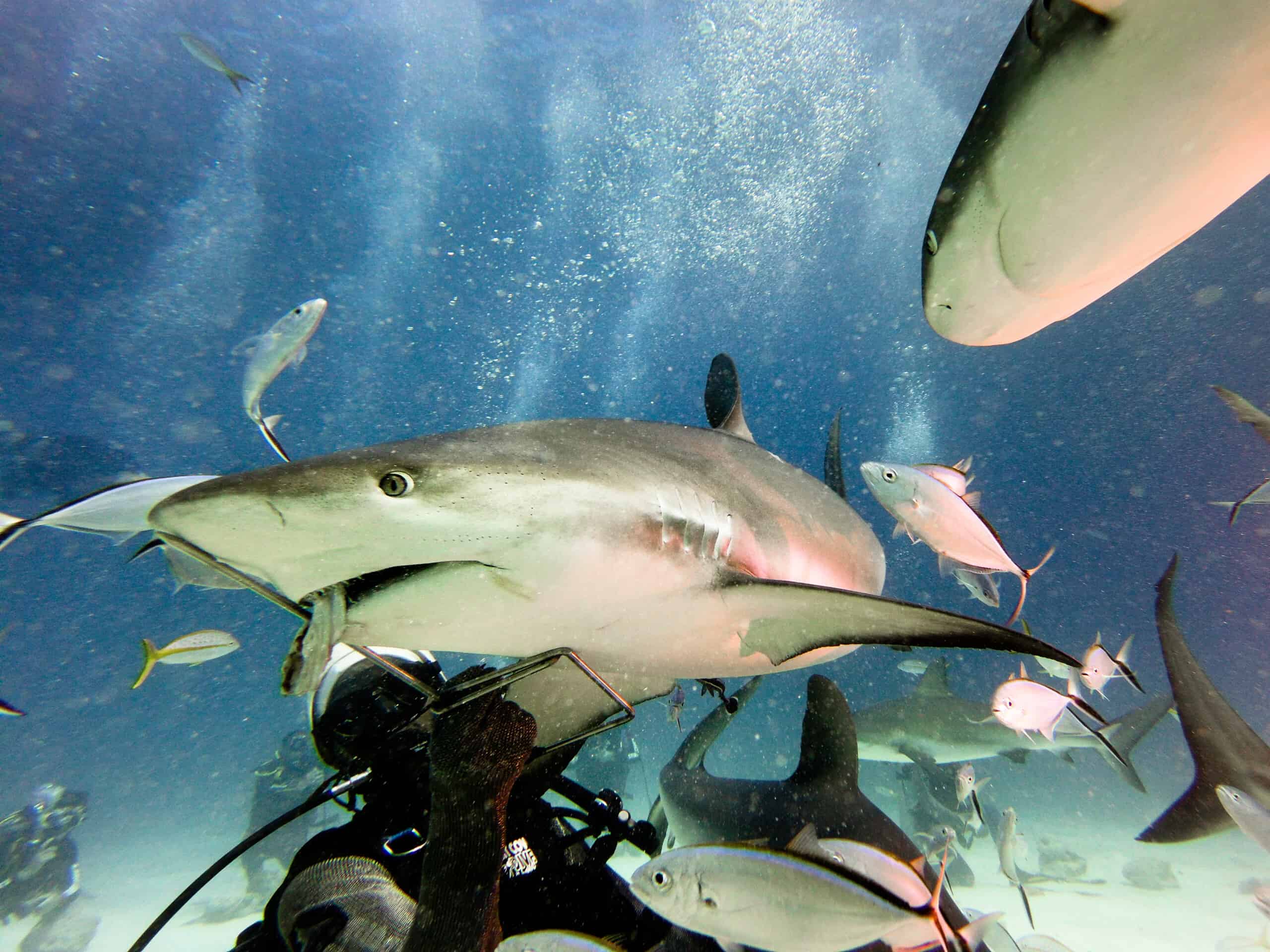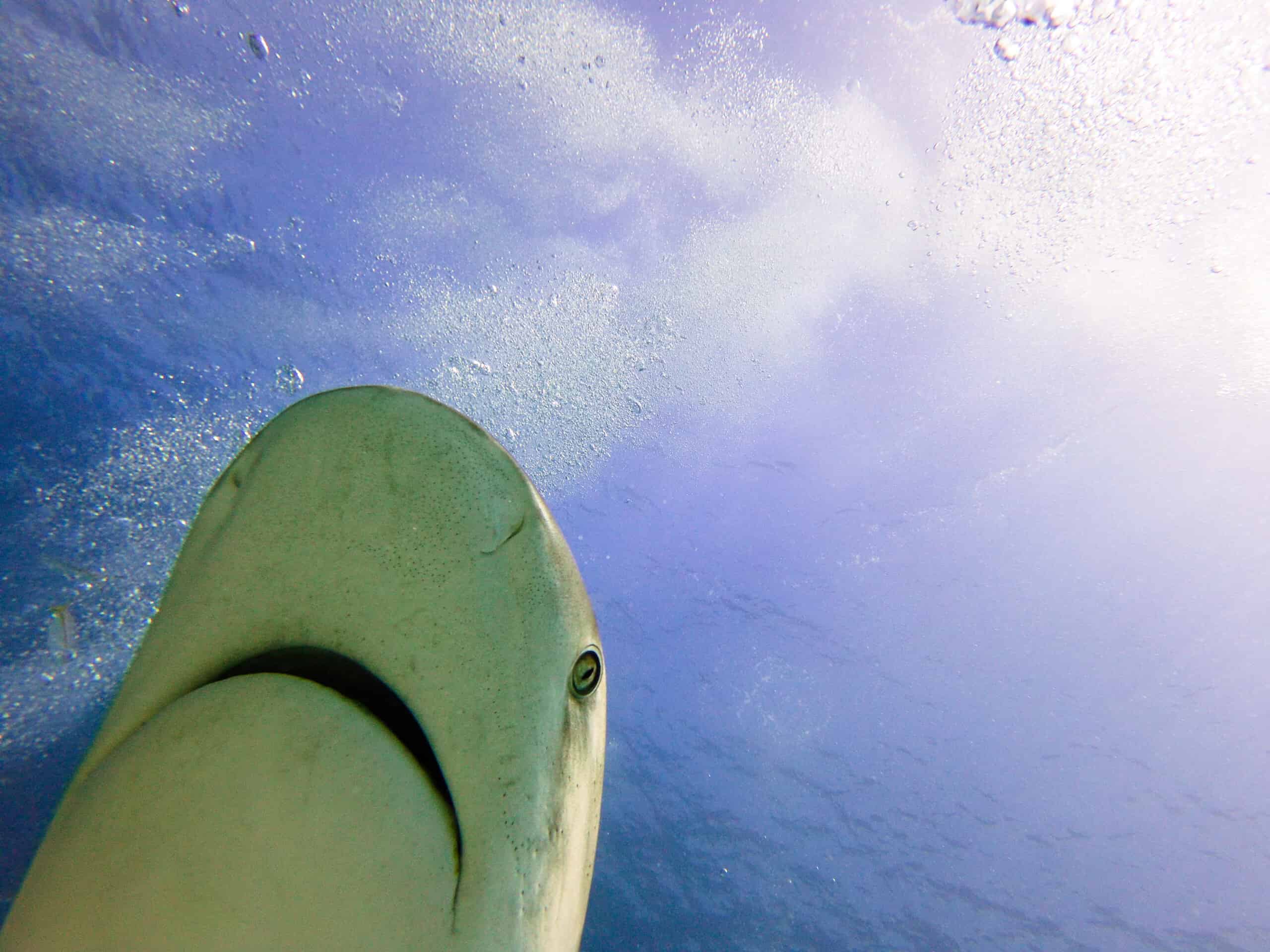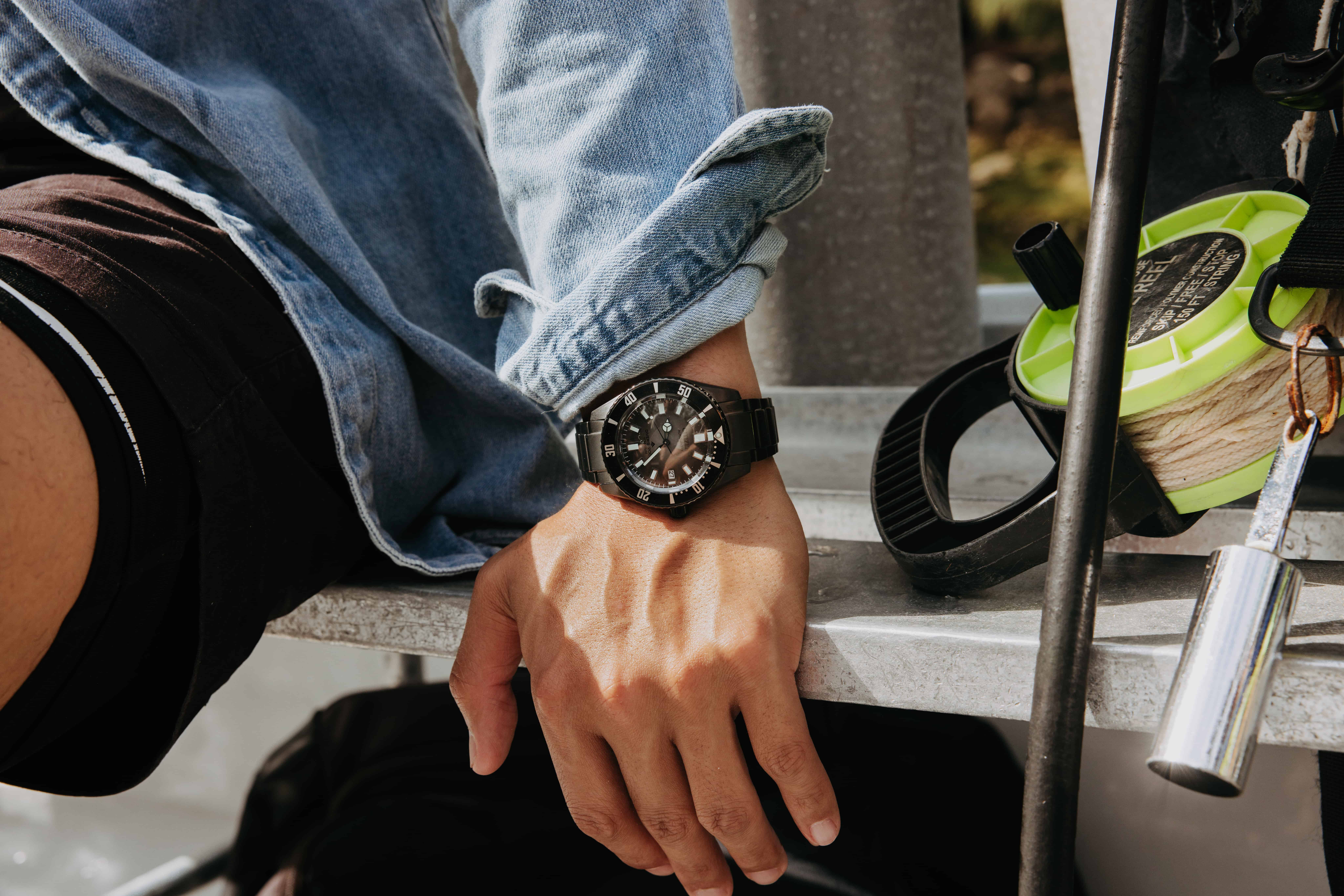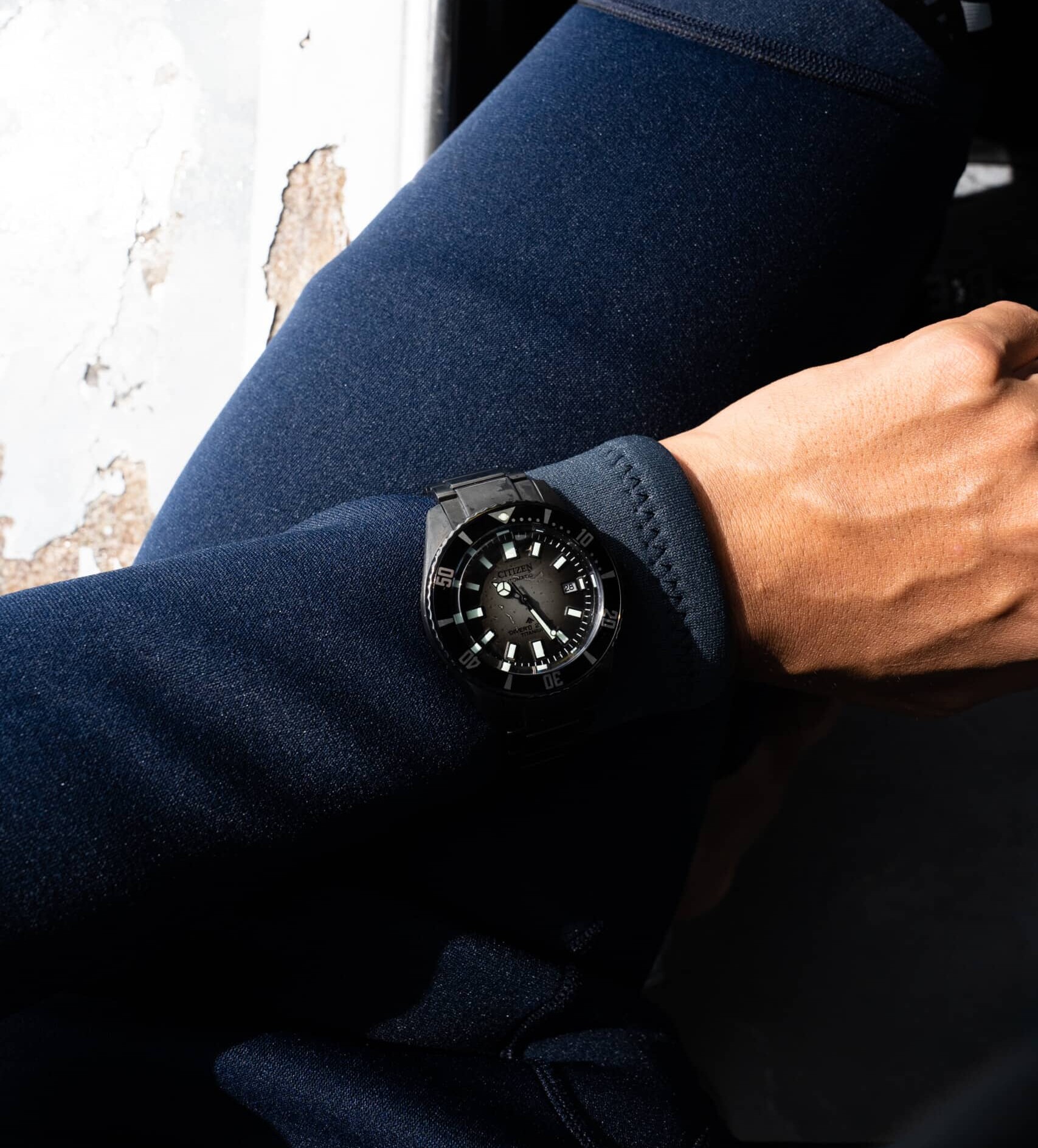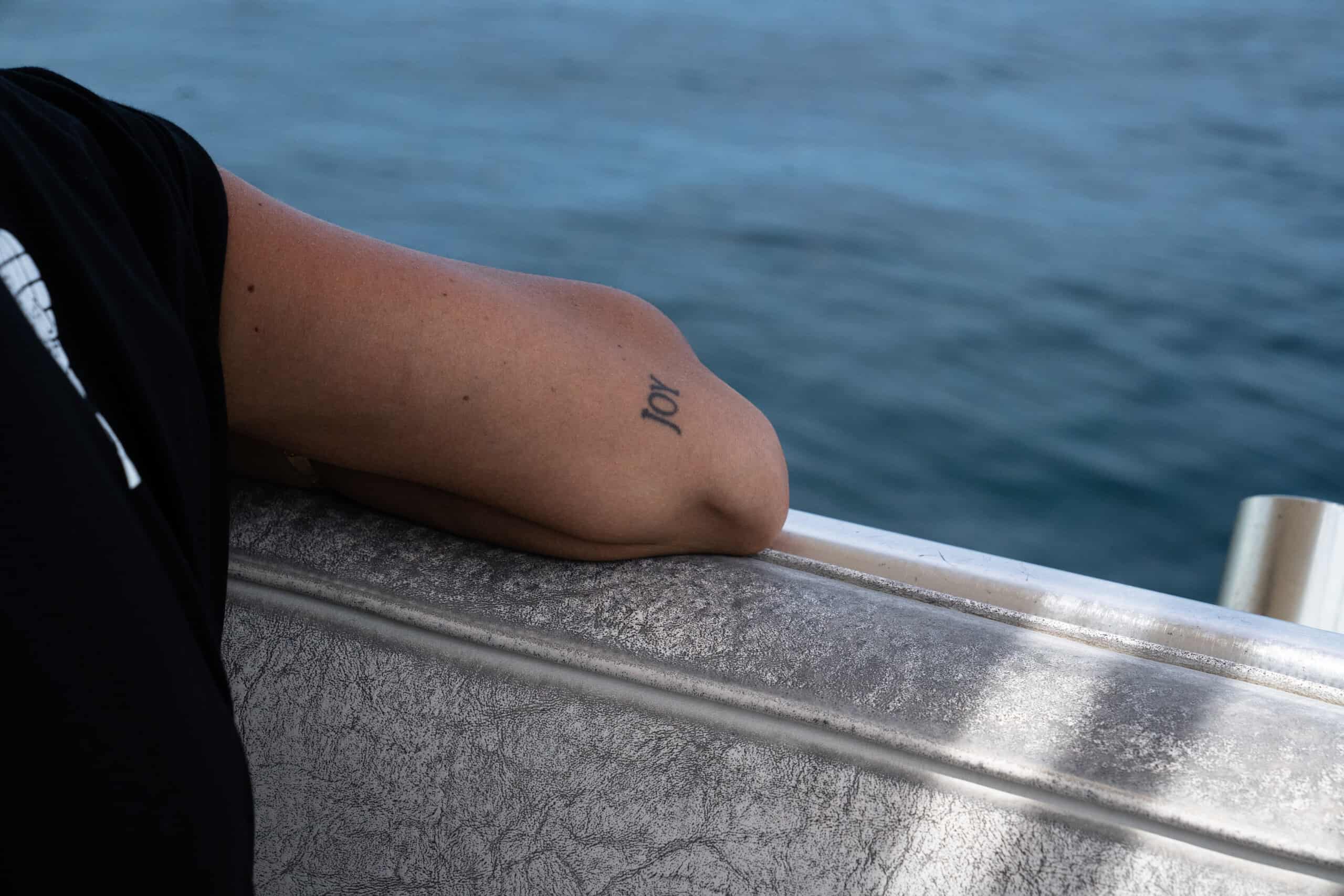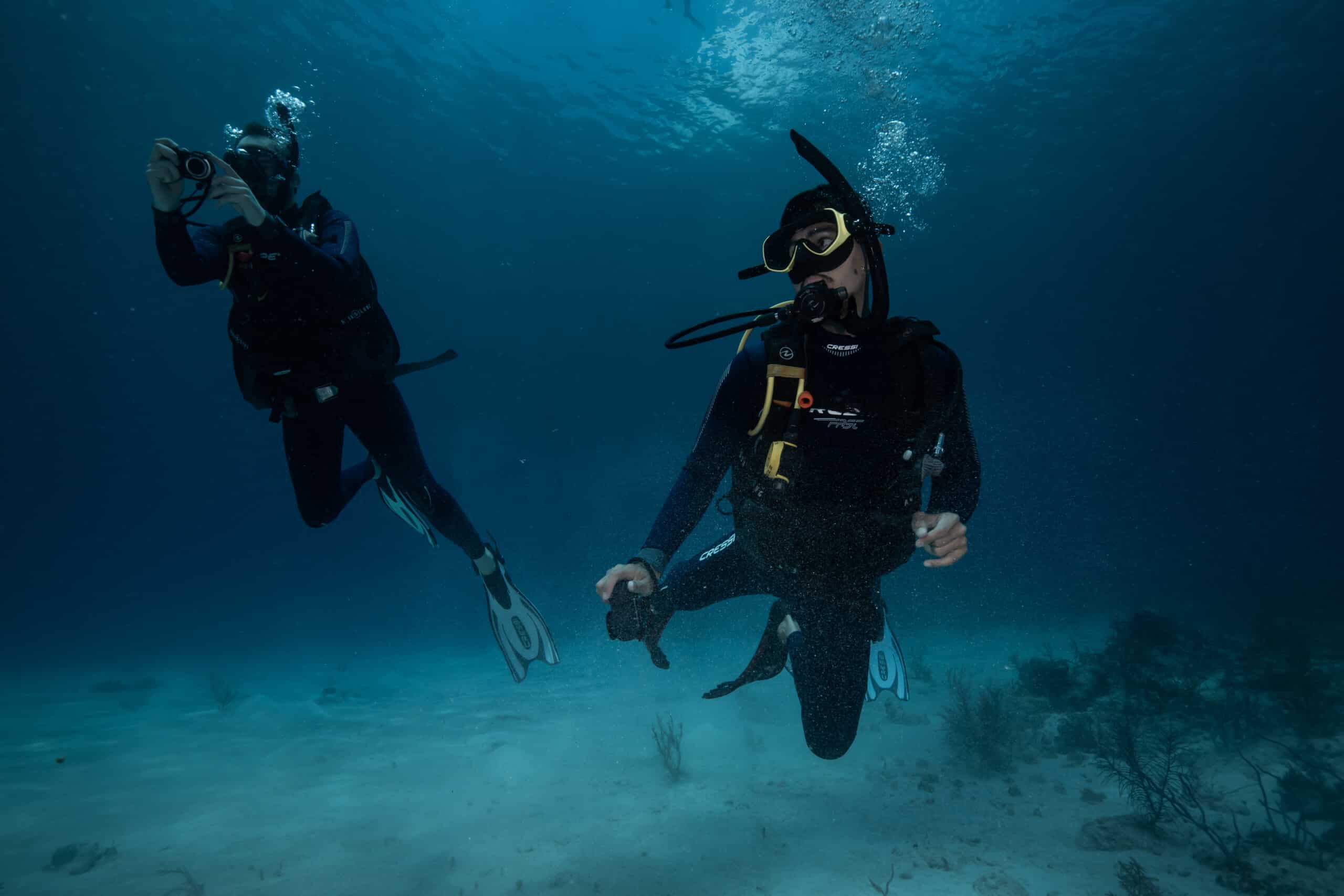At the dive platform’s edge located at the Phoecena’s stern, the aqua marine Bahamian waters sloshed around my SEAC F-100 fins. Any experience I had related to diving up to that point had been limited to a bit of low-stakes snorkeling and freediving, as well as reading about the exploits of Jacques Cousteau and Dr. Sylvia Earle or the fictitious adventures of Dirk Pitt and Julian Tusker. The week of PADI e-learning was helpful to develop a mental foundation of the do’s and don’ts down under and the pool session the day prior helped me trust the Aqua Lung regulator would deliver the precious air supply beneath the surface, but nothing was going to compare being out in open water for the first time. There was no longer the safety net of sitting behind a computer screen or being in the confines of a training pool – just the ocean. Gazing out past the platform, there was nothing but pure blue skies, crystal clear water and a silhouette of New Providence just visible in the distance. This was the real deal. With my left hand securing the SPG (submersible pressure gauge) tucked into the waist belt of my BCD (buoyancy control device) and my right over my mask and regulator, I attempted my best version of the giant stride.
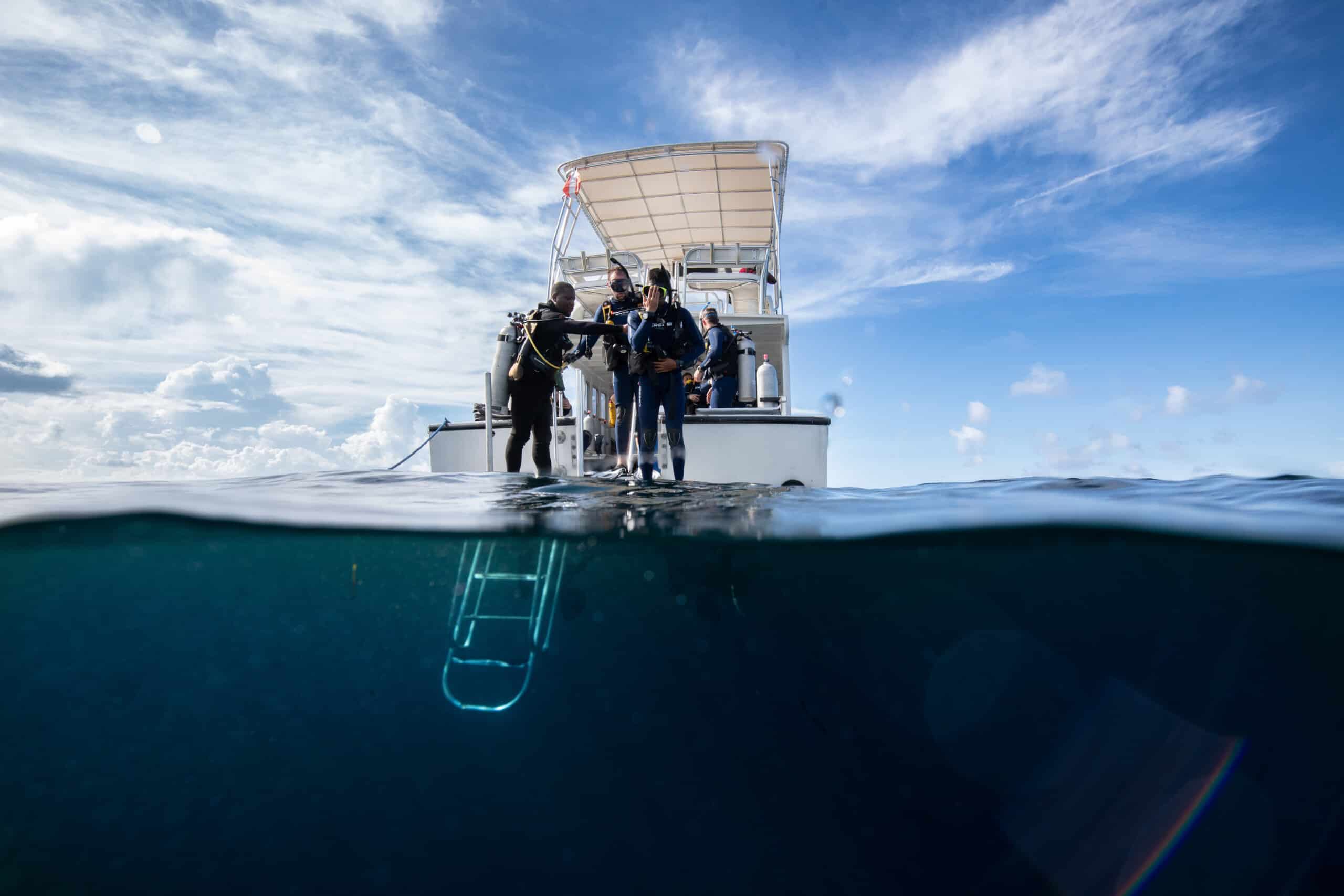
The partially inflated BCD kept me at the surface and following protocol, I immediately turned to the boat to give them the “okay” sign. The water was a bath-warm 83 degrees and a slight current traveling away from the Phoecena tried to steadily pull the few of us that were already in the water away, but a well placed drift line kept us in position. With our small dive team of four in, we conducted a final weight check at the surface, pulling a full deep breath from our regulator followed by fully deflating the BCD. All of us maintained afloat with just our masks above water, a proper sign that our total weight was sufficient. With the green light from our SCUBA instructor, he yelled just loud enough over the other dive team entering the water, “Okay guys, let’s go diving”.
Raising the air-control module up high with my left hand and once again totally deflating the BCD, but this time releasing all the air in my lungs, my entire body steadily descended. Under the guidance of a downline, we slowly progressed towards the bottom. Every few feet we followed the same pattern – equalize, descend, equalize, descend – preventing any sort of pressure build up within my ear canal or around my mask, otherwise known as the “squeeze,” Reaching the weight at the end of the downline, the SPG read 20 feet, but it sure didn’t feel like we had traveled that length, the first experience that the perception of time and space at the surface are totally different below it. Wide-eyed and giddy about the entirely new experience, I scanned the blue world below made up of a white sandy bottom and areas of coral reefs rising in the distance. The surrounding fish were startled by our entry at first, but their curiosity would soon bring them close enough to observe their shimmering scales and vivid colors. There was no doubt that my curiosity for them and the oceanic backdrop was the same.









 Featured Videos
Featured Videos





